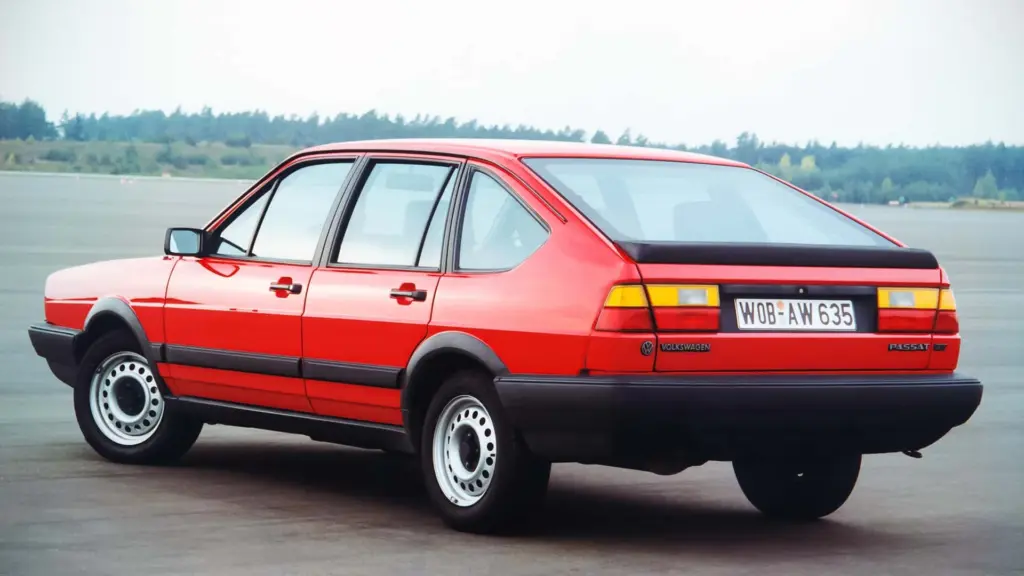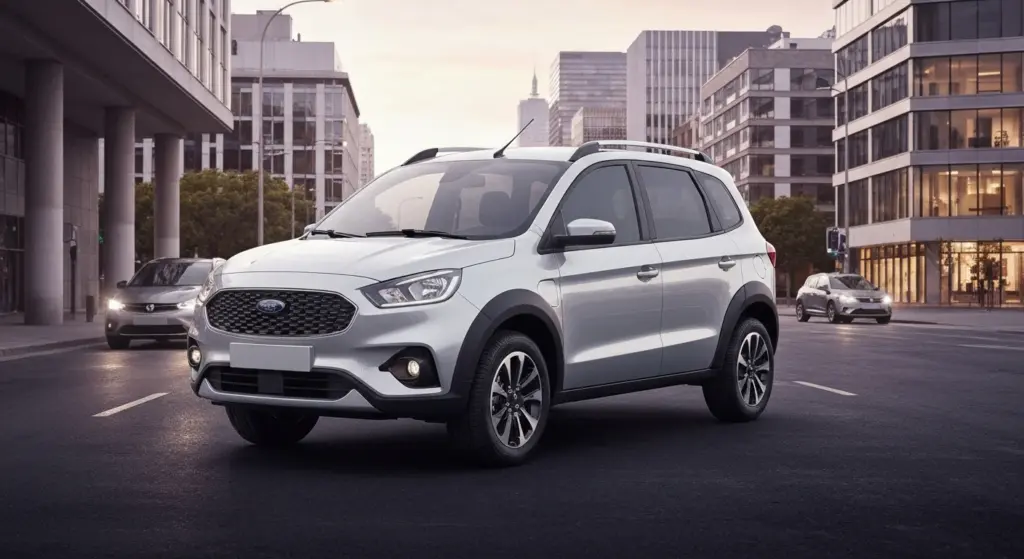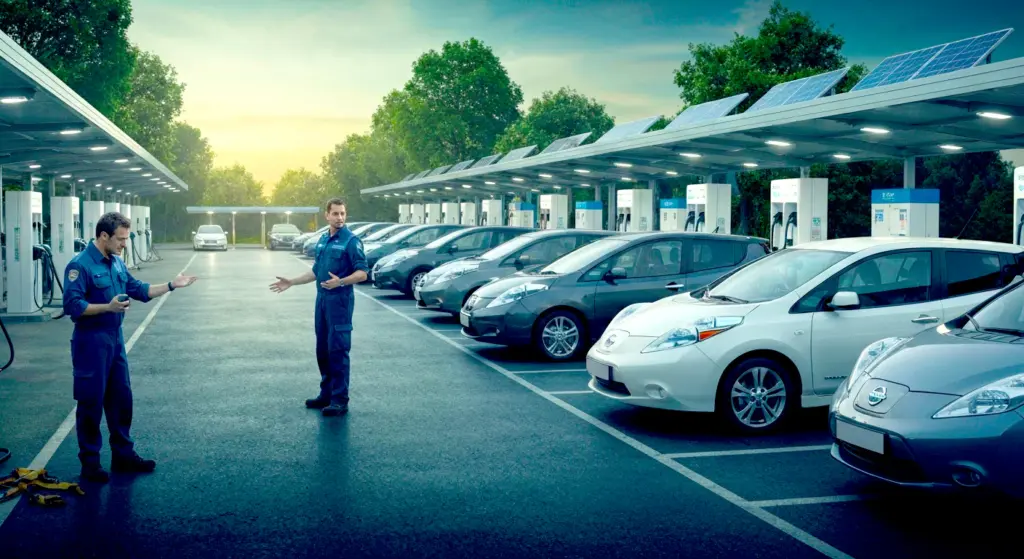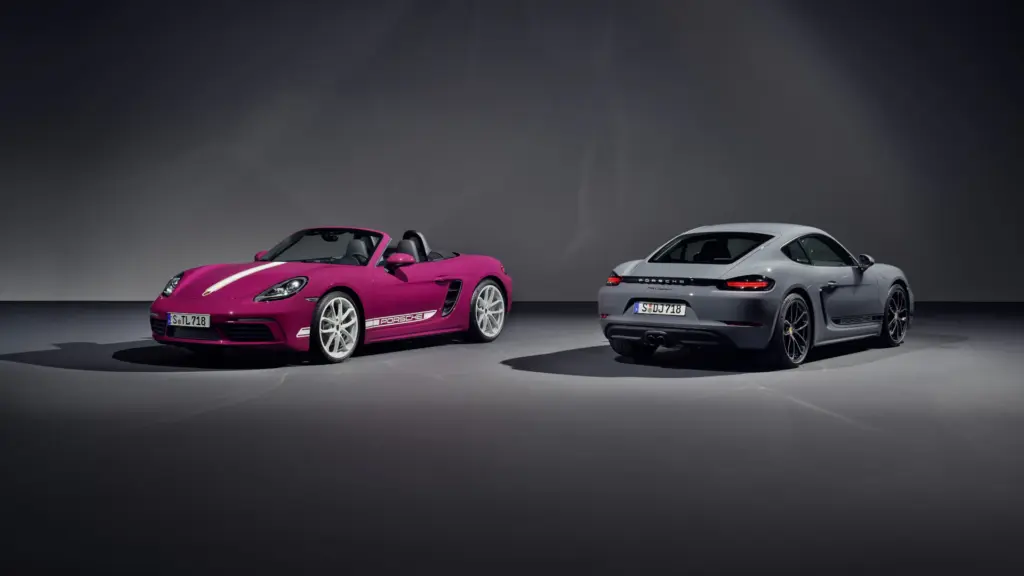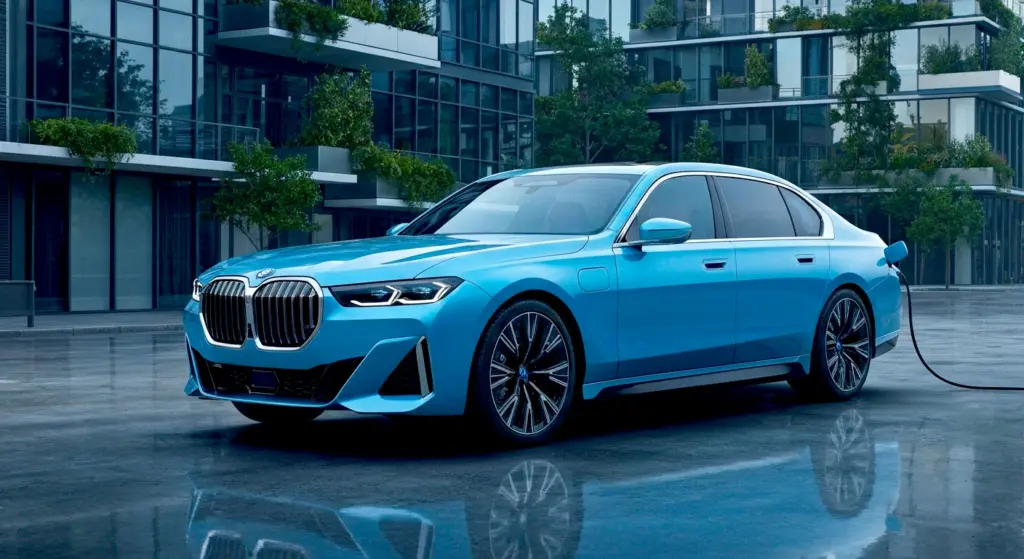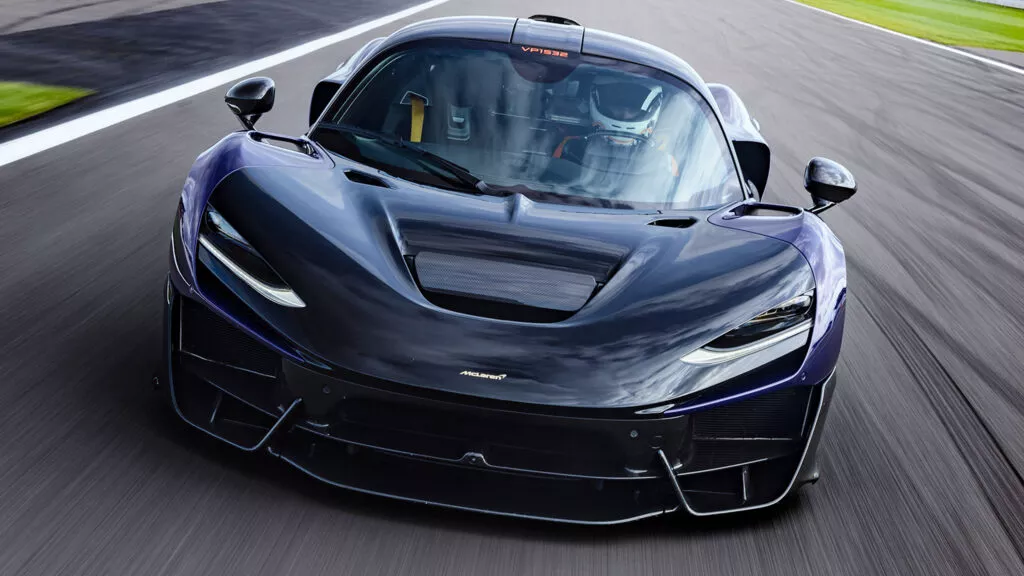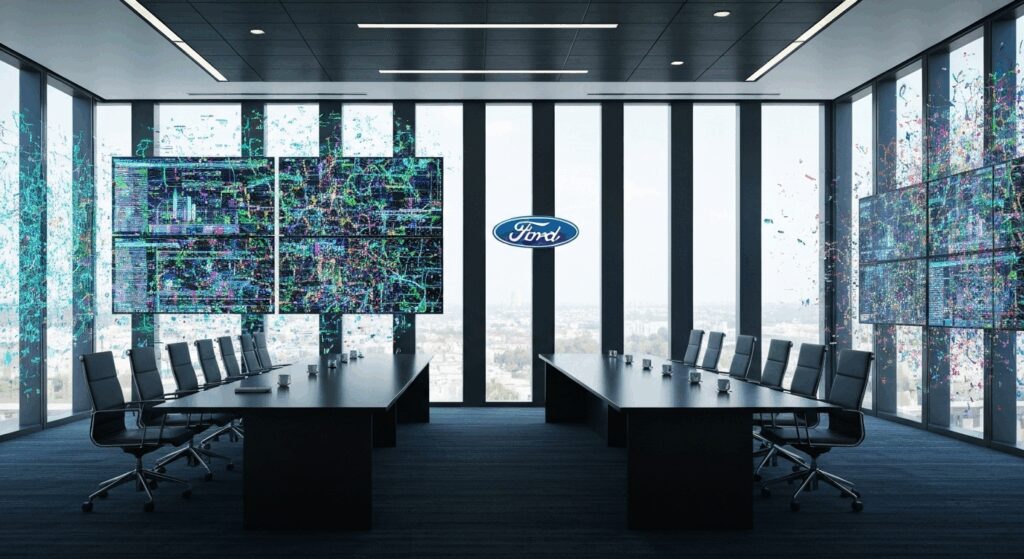The launch of the 2025 Subaru Forester Hybrid marks a significant moment in the brand’s trajectory, as it embraces hybrid technology to meet growing demand in the SUV segment. This article presents a detailed analysis of the new model, covering everything from technical and performance aspects to design and market positioning, with accurate and unbiased information.
Throughout this content, we will explore the characteristics that define the Forester Hybrid, without exaggeration, focusing on real data and the evolution that Subaru has implemented in its portfolio. The aim is to offer an in-depth view that helps the reader understand the innovations of this vehicle, highlighting aspects such as powertrains, fuel consumption, safety technologies, and prices.
Overview and Strategy of the 2025 Forester Hybrid
The 2025 Subaru Forester Hybrid emerges as a strategic initiative to expand the brand’s presence in the hybrid segment. The decision to introduce this technology in a model that historically was only gasoline-powered represents a careful step to meet new market demands without losing the identity and reliability associated with the Forester name. This change is the result of planning aimed at responding to the increasing demand for more efficient and sustainable mobility solutions.
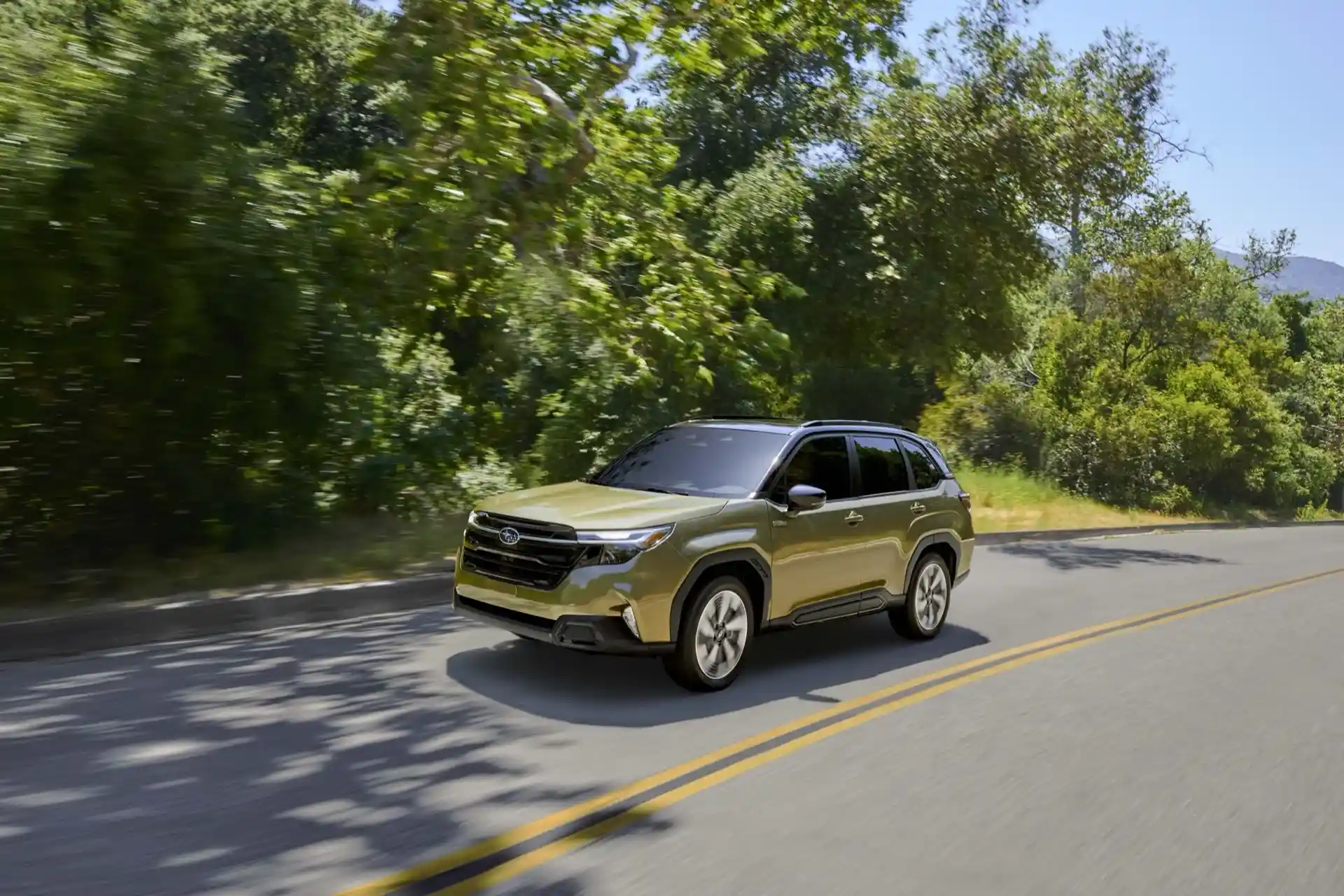
Subaru’s adopted strategy demonstrates a commitment to technological evolution and product line diversification. The choice for a non-plug-in hybrid, unlike previous approaches, allows the vehicle to recharge its battery during driving, without the need for an external connection. This approach reflects a concern for maintaining practicality for users, without complicating daily use, and establishes a differentiator in the SUV segment.
Technical Details of the Powertrain and Engines
The heart of the 2025 Forester Hybrid is composed of a 2.5-liter four-cylinder horizontally-opposed engine, known as a flat-4, which operates in conjunction with two electric motors. One of these motors is intended to provide additional power, while the other acts as a starter and generator. This mechanical assembly is complemented by a 1.1 kWh lithium-ion battery, responsible for storing energy recovered during driving. The continuously variable transmission (CVT) with six simulated gears integrates the system, ensuring a precise response in different operating conditions.
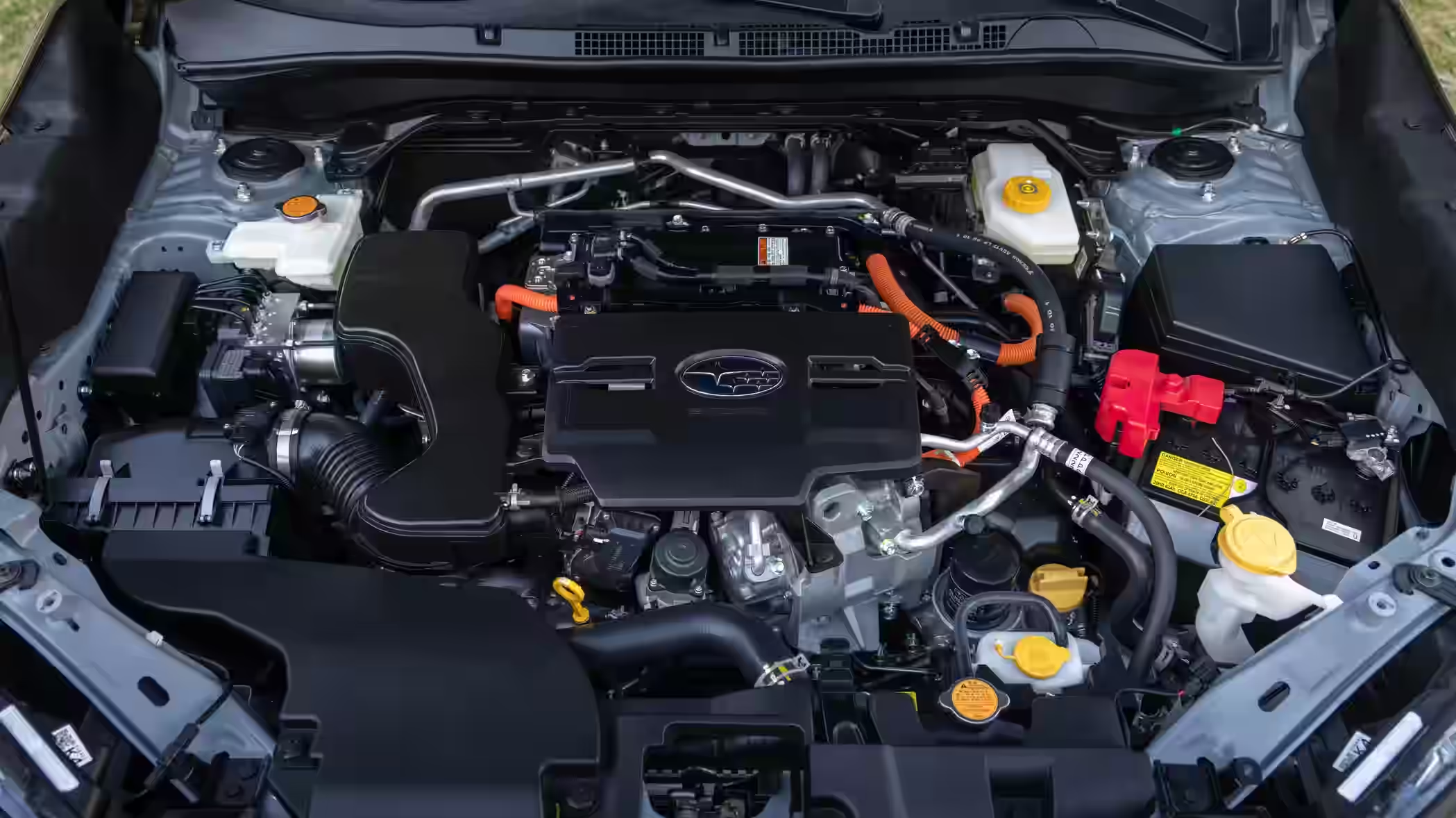
The total system power reaches 194 horsepower, with 162 hp coming from the combustion engine and 118 hp from the main electric motor. These numbers demonstrate a balance between performance and efficiency, allowing the vehicle to behave consistently on roads and trails. The integration of components, largely developed by Subaru itself, highlights the brand’s commitment to enhancing the driving experience and ensuring that the benefits of hybrid technology are noticeable in terms of acceleration and high-speed response.
Analysis of the Performance and Fuel Economy of the 2025 Hybrid
In terms of performance, the new Forester Hybrid presents more responsive acceleration, especially at highway speeds, which translates to improved overtaking times of around 10 to 15%. This improvement is a direct consequence of the robust torque and efficient power delivery provided by the combination of the gasoline and electric motors. The hybrid system, which operates without the need for external charging, contributes to a more dynamic and safer driving experience without compromising range.
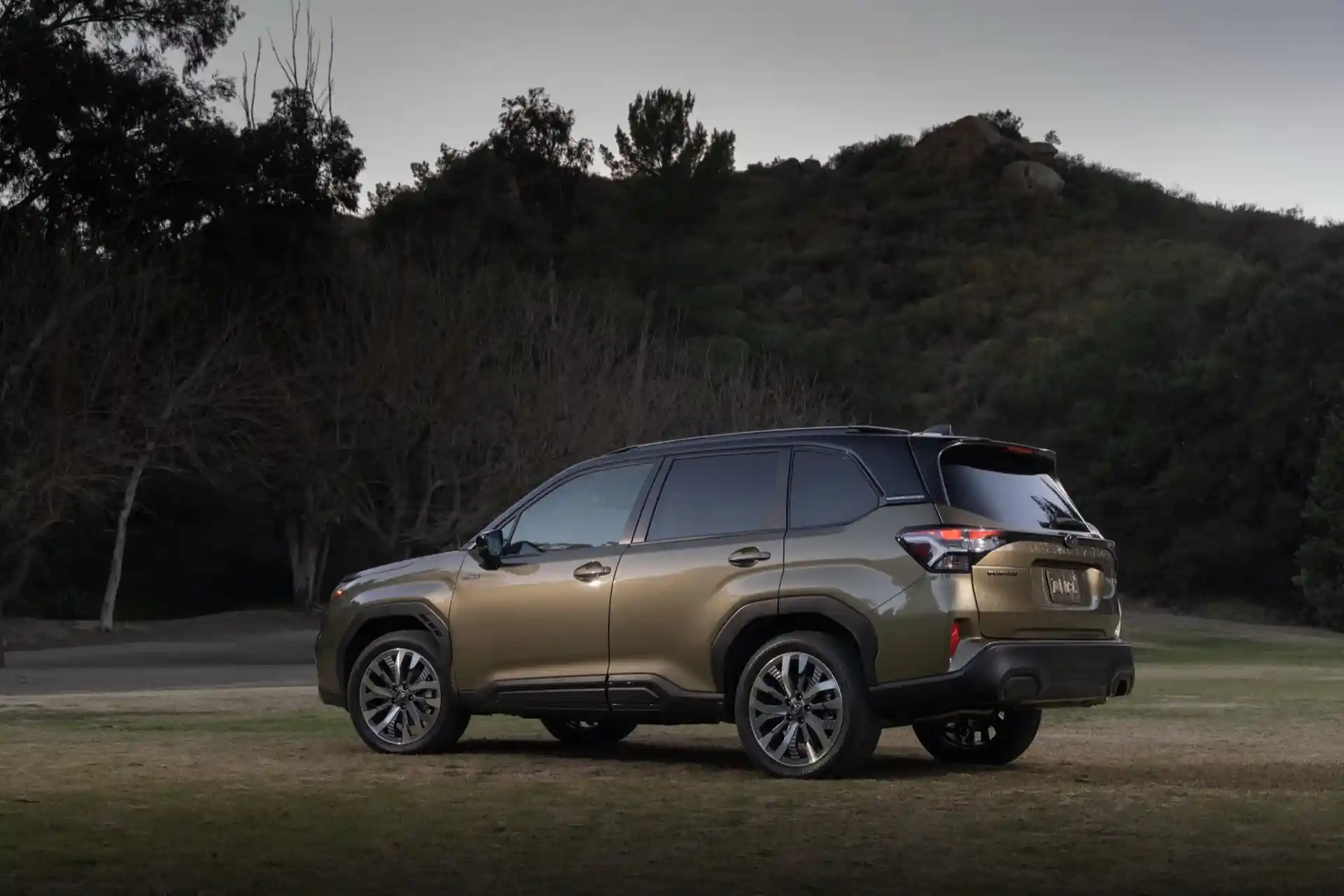
Regarding fuel economy, the model achieves an estimated EPA rating of 35 mpg combined, with similar results in the city and on the highway. This efficiency represents a significant advance when compared to the gasoline-powered Forester, with approximate gains of 40% in the city and 25% overall. Although fuel economy is not the highest in the segment, the integration of hybrid technology demonstrates the vehicle’s ability to offer a balance between economy and performance, maintaining the robust identity characteristic of the Forester line.
Exterior Design and Innovations in the Hybrid Model
The design of the 2025 Subaru Forester Hybrid maintains the robust and practical essence that consumers already know, but with details that emphasize its new technology. The exterior retains the traditional model’s striking lines, with the addition of exclusive “HYBRID” emblems and a paint hue called “Daybreak Blue Pearl”. Some trims feature a contrasting black roof, reinforcing the vehicle’s visual identity and differentiating it in the SUV segment.
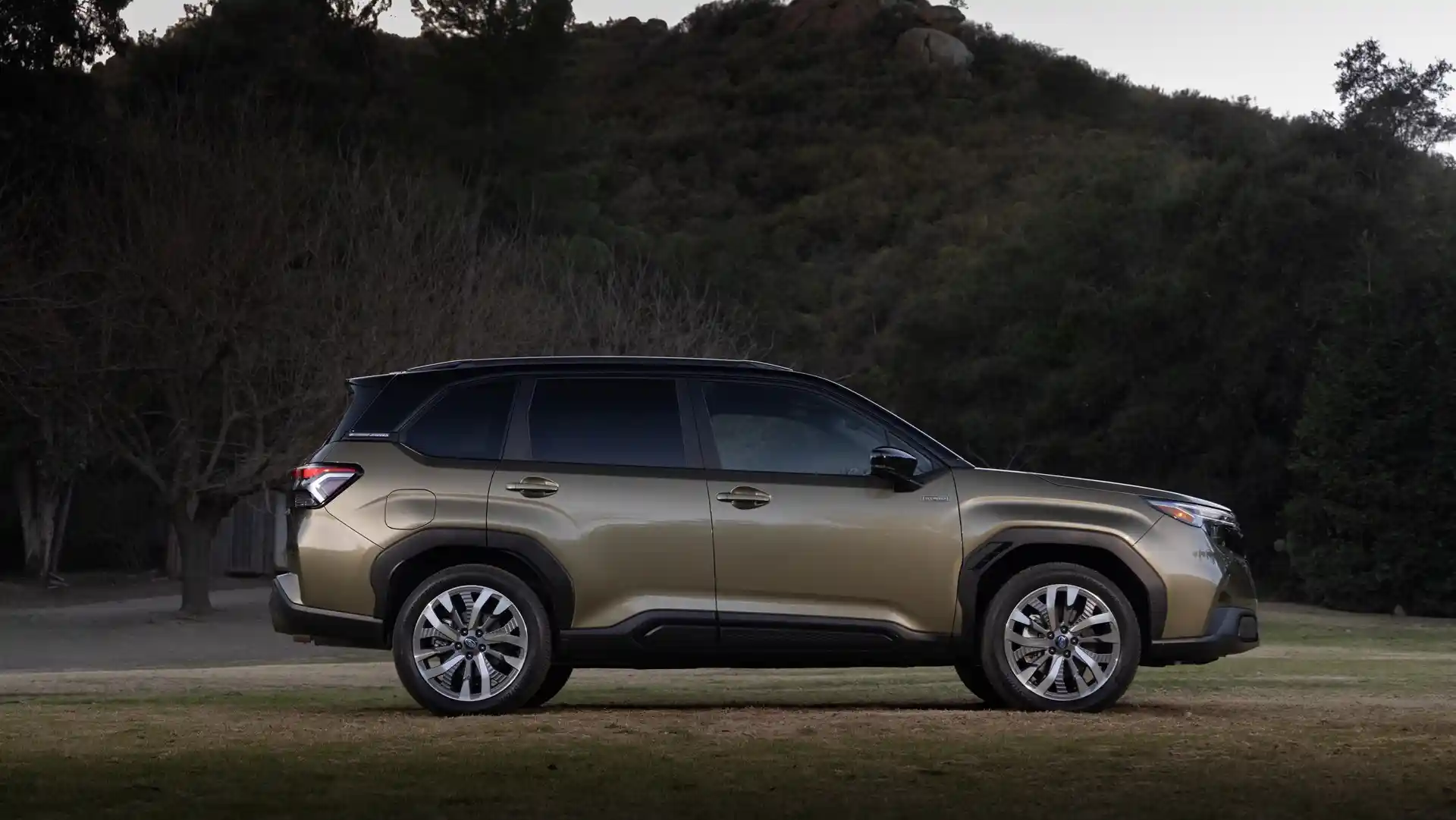
Beyond the aesthetic elements, innovations are also reflected in functional adjustments. The suspension has been reconfigured to accommodate the extra weight of the hybrid system, which adds approximately 300 lbs to the structure. However, the ground clearance remains unchanged at 8.7 inches, preserving the off-road capability that has always been a differentiator of the Forester. This combination of design and functionality demonstrates Subaru’s concern in offering a vehicle that is not only efficient but also maintains its versatility and robustness.
Technology and Safety with the EyeSight System
The 2025 Forester Hybrid comes equipped with a technological package that combines modernity and practicality. Among the highlights are the 12.3-inch digital instrument panel and the infotainment system with an 11.6-inch touchscreen, providing an intuitive interface and enhanced connectivity. Wireless Apple CarPlay and Android Auto integration facilitates access to information and entertainment, meeting the demands of the contemporary user.
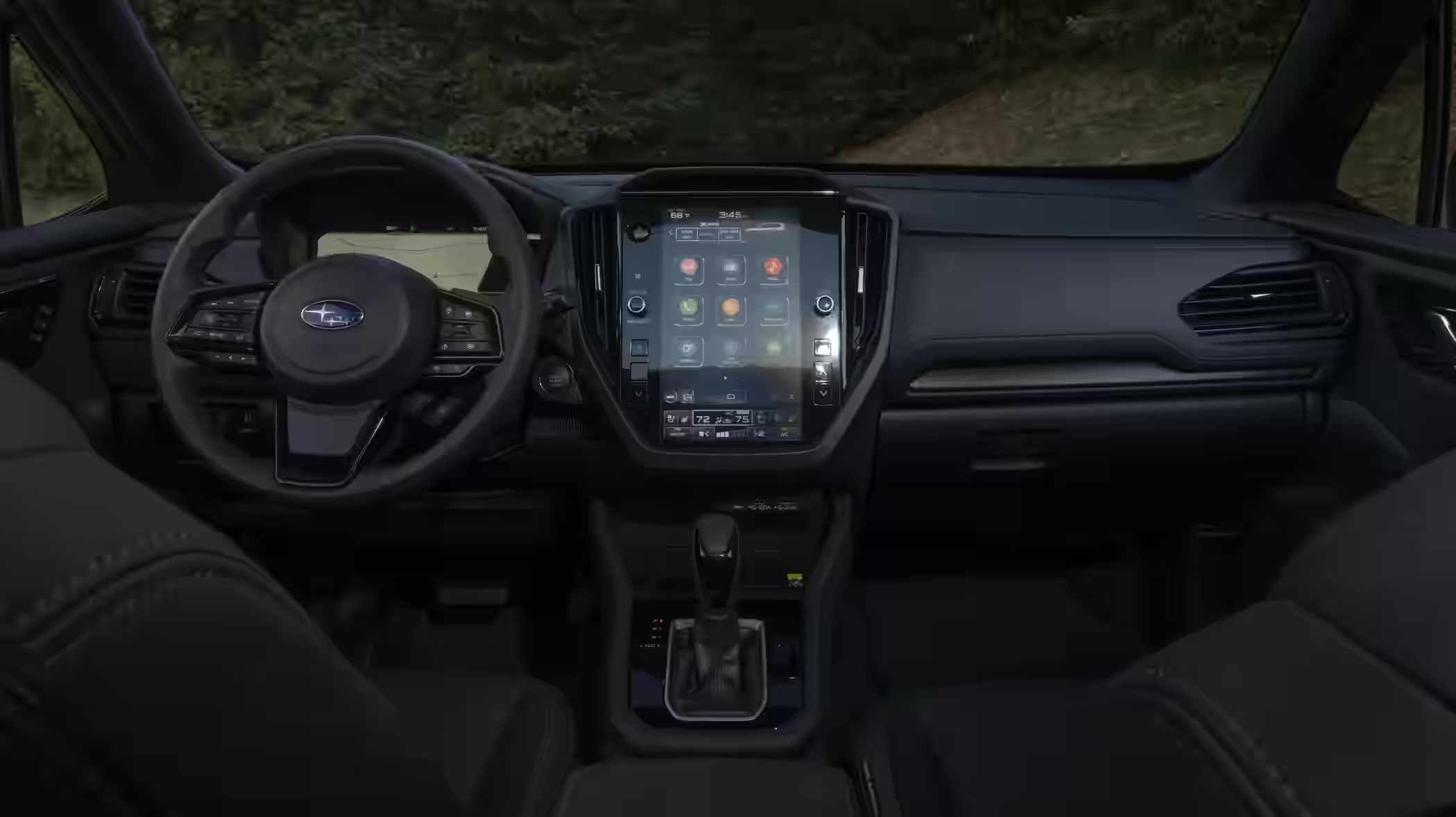
In terms of safety, the EyeSight system is maintained in all versions of the model. This technology uses sensors and cameras to monitor the environment around the vehicle, contributing to accident prevention and assisting in emergency situations. The presence of EyeSight, combined with features such as Symmetrical All-Wheel Drive (Symmetrical AWD), X-Mode, and Hill Descent Control, reinforces Subaru’s commitment to occupant protection, without resorting to marketing hype, but rather presenting objective and proven data.
Versions and Prices of the Updated 2025 Forester Hybrid
The new Forester Hybrid is offered in several versions that cater to different consumer profiles. Among the options are the Sport, Limited, and Touring trims, with the Premium trim starting at US$ 36,415, a value that already includes the destination fee. This price difference, of only US$ 2,885 compared to the gasoline-powered Forester in the Premium version, positions the hybrid as a competitive alternative for those seeking efficiency without sacrificing comfort and robustness.
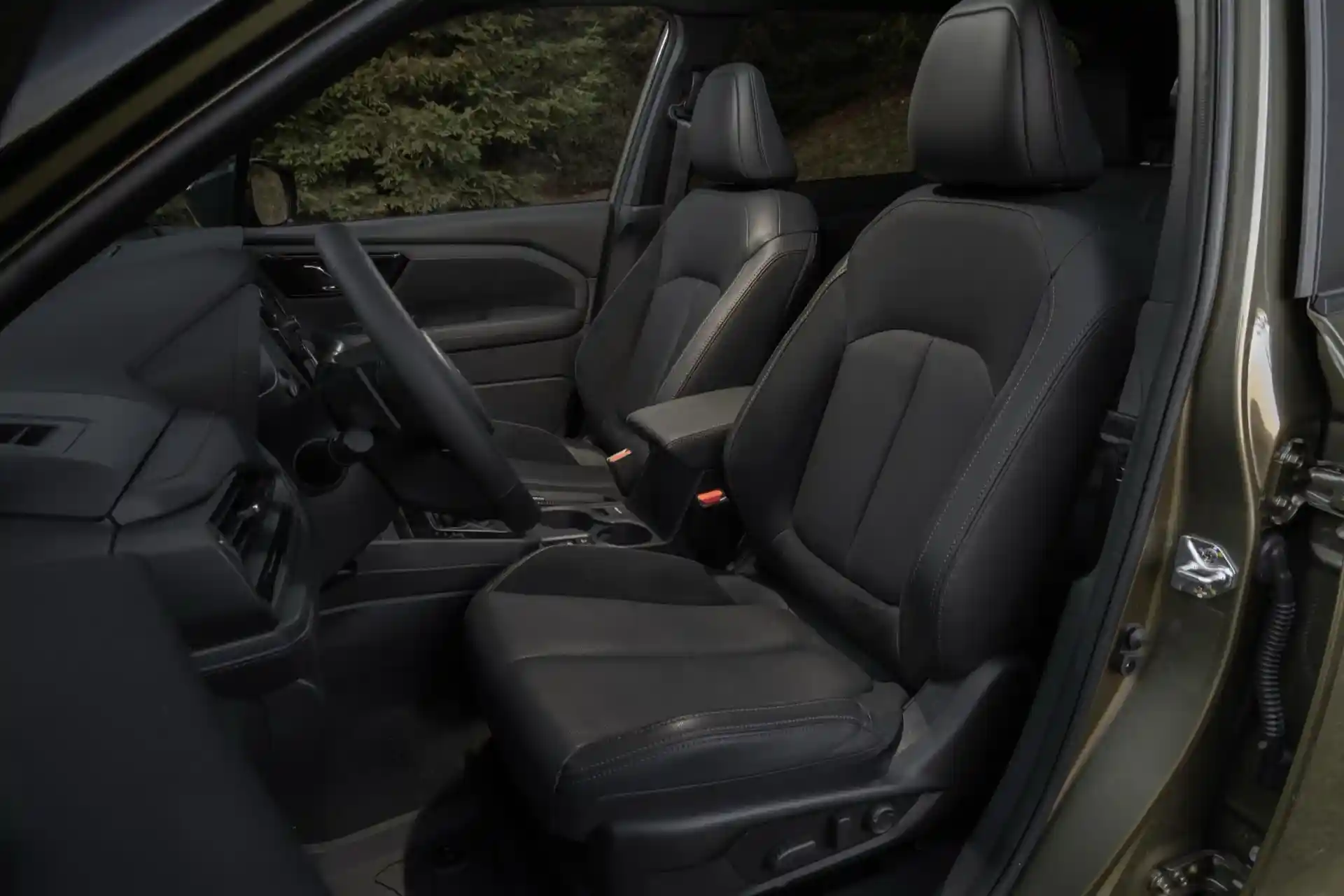
Each version of the vehicle comes with a set of features that adapt to user needs. While the base version does not offer the hybrid option, the others guarantee not only the propulsion technology but also adjustments to the interior and suspension to maximize the driving experience. The differences between the versions allow for a targeted choice, highlighting Subaru’s strategy of offering a product that meets various market segments, with prices that remain within an accessible range for those interested in migrating to hybrid technology.
Production and Expectations for the New Hybrid
Initial production of the 2025 Forester Hybrid will be carried out in Japan, highlighting Subaru’s tradition and expertise in vehicle manufacturing. However, for the North American market, production is scheduled to be transferred to Subaru’s Indiana plant starting with the 2026 model year. This change of location reflects a strategic commitment to expansion and adaptation to regional demands, ensuring production that meets the quality standards demanded by the local public.
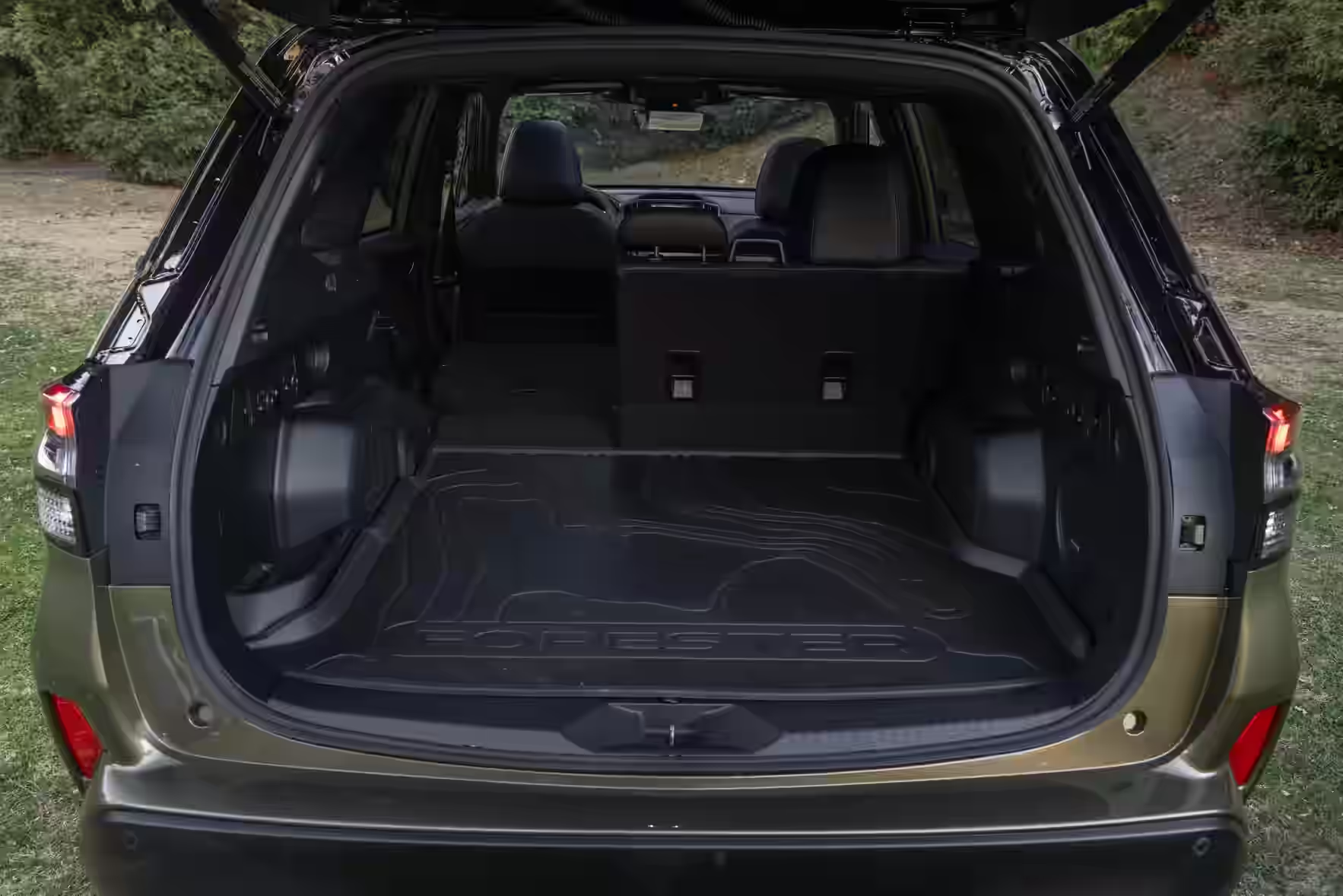
Expectations for the new hybrid are high, with forecasts that about one-third of Foresters sold will be in the hybrid version. This estimate is based on market studies and consumer response to technologies that offer a balance between performance and economy. Planned production and the transition to local facilities demonstrate that Subaru is prepared to face the challenges of the hybrid SUV market, maintaining a focus on efficiency, safety, and innovation.
Comparison with Competitors in the Hybrid Segment
In a competitive landscape, the 2025 Forester Hybrid is positioned differently when compared to models such as the Toyota RAV4 Hybrid and the Honda CR-V Hybrid. Although the Forester’s fuel economy is below the RAV4’s 39 mpg combined and the CR-V’s 37 mpg, Subaru’s proposal is not based solely on economy but on the combination of robust performance and off-road versatility. This technical approach highlights the Forester for its ability to maintain all-wheel drive and advanced safety features, even with the introduction of the hybrid system.
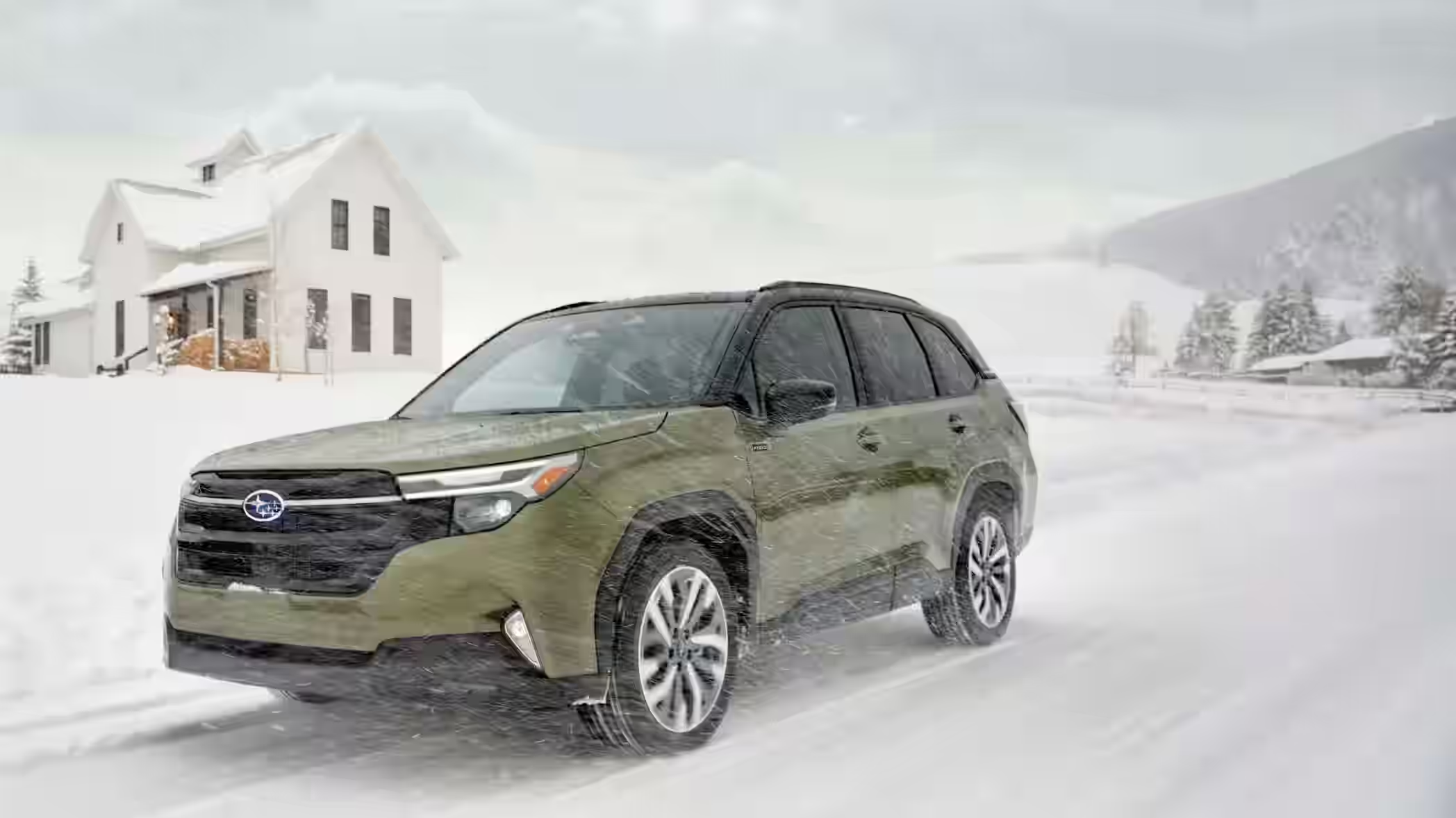
In addition to performance and fuel economy, aspects such as design and driving experience are also considered in the comparison. While competitors rely on hybrid technologies to reduce consumption, Subaru emphasizes the integration of its traditional platform with the benefits of the new propulsion, without sacrificing the identity that has always characterized the Forester. This combination of attributes allows the vehicle to stand out in a segment where the criteria go beyond the number displayed for fuel economy, encompassing aspects of safety, comfort, and adaptability for different terrains.

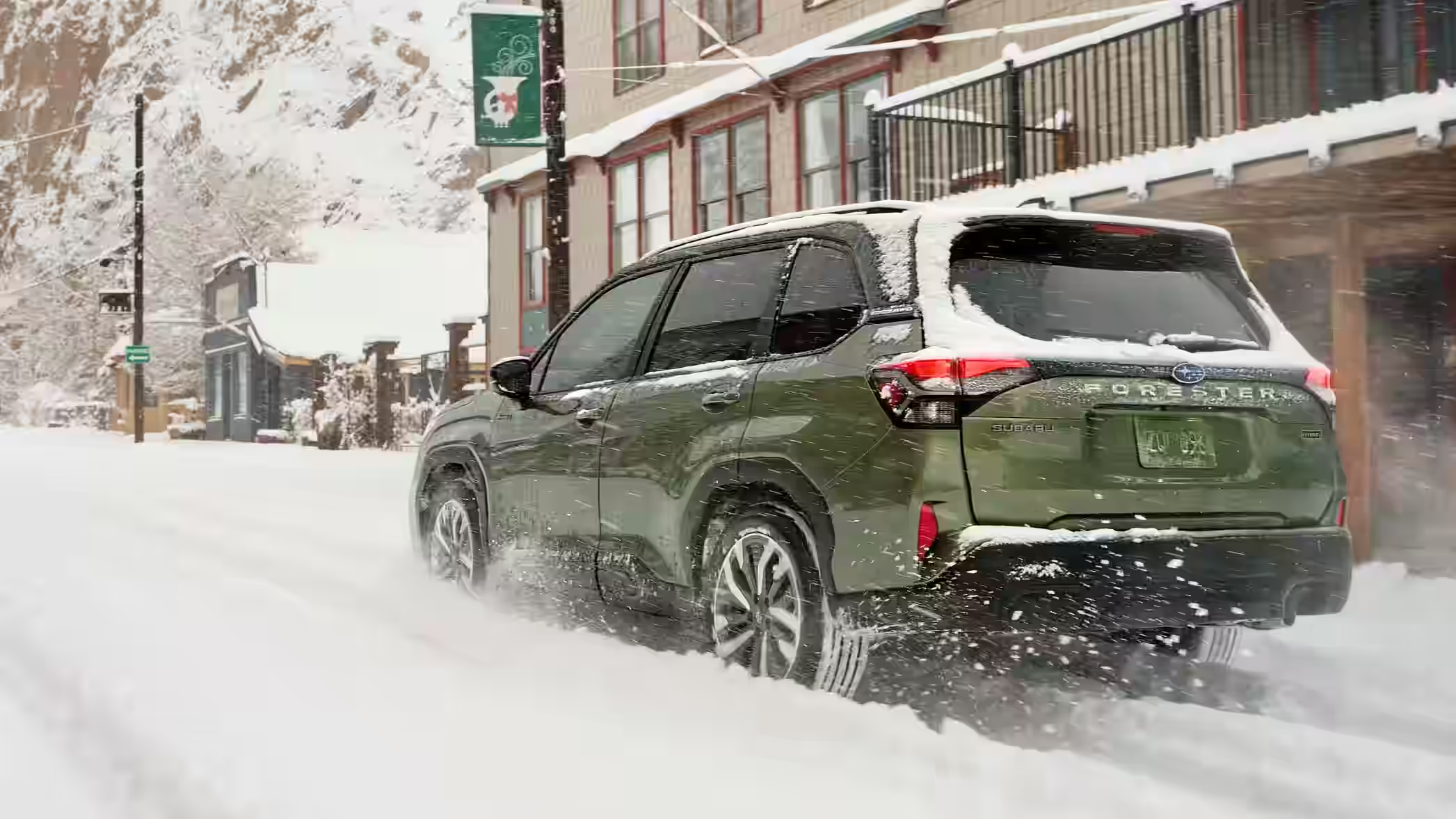
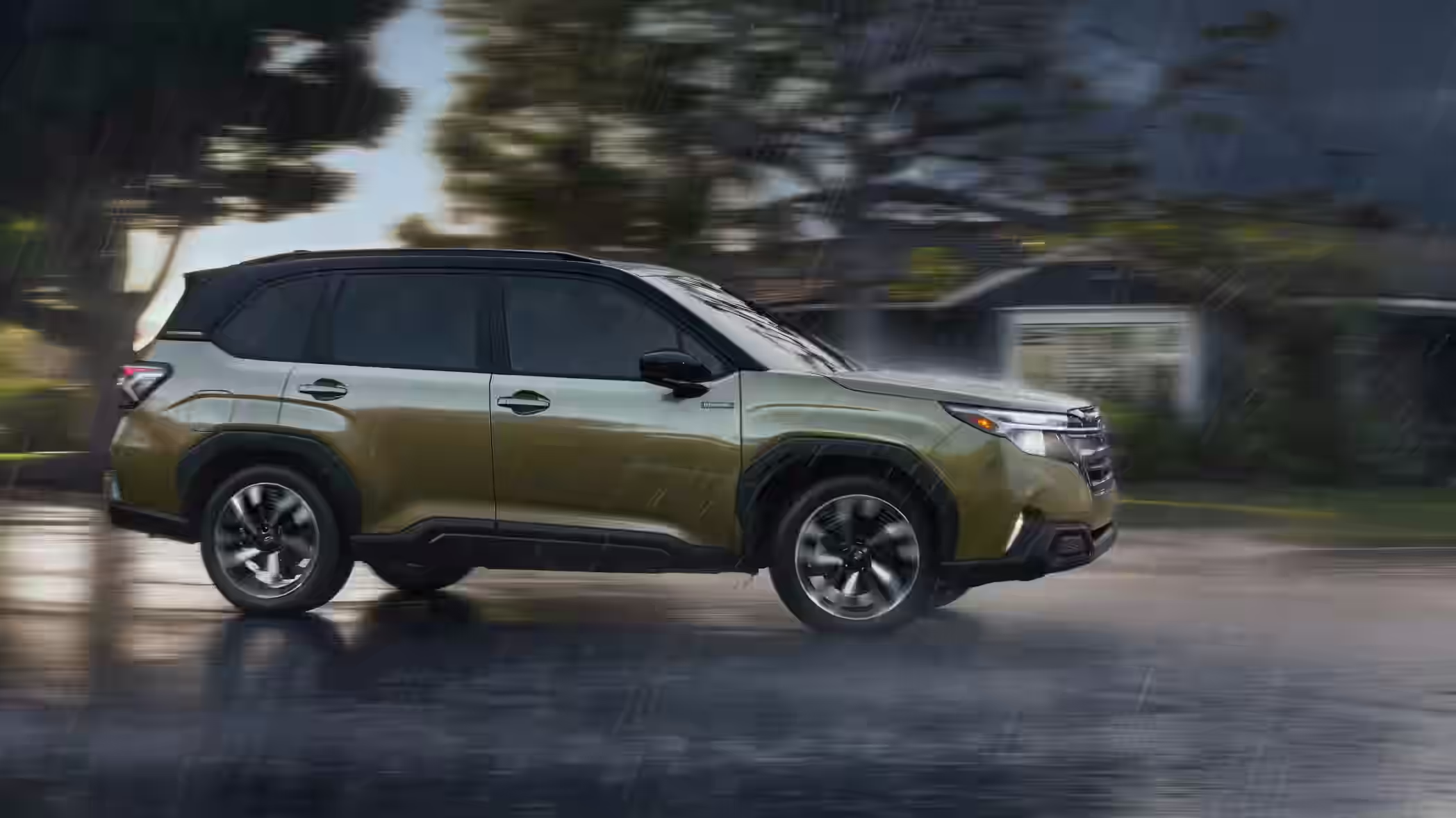
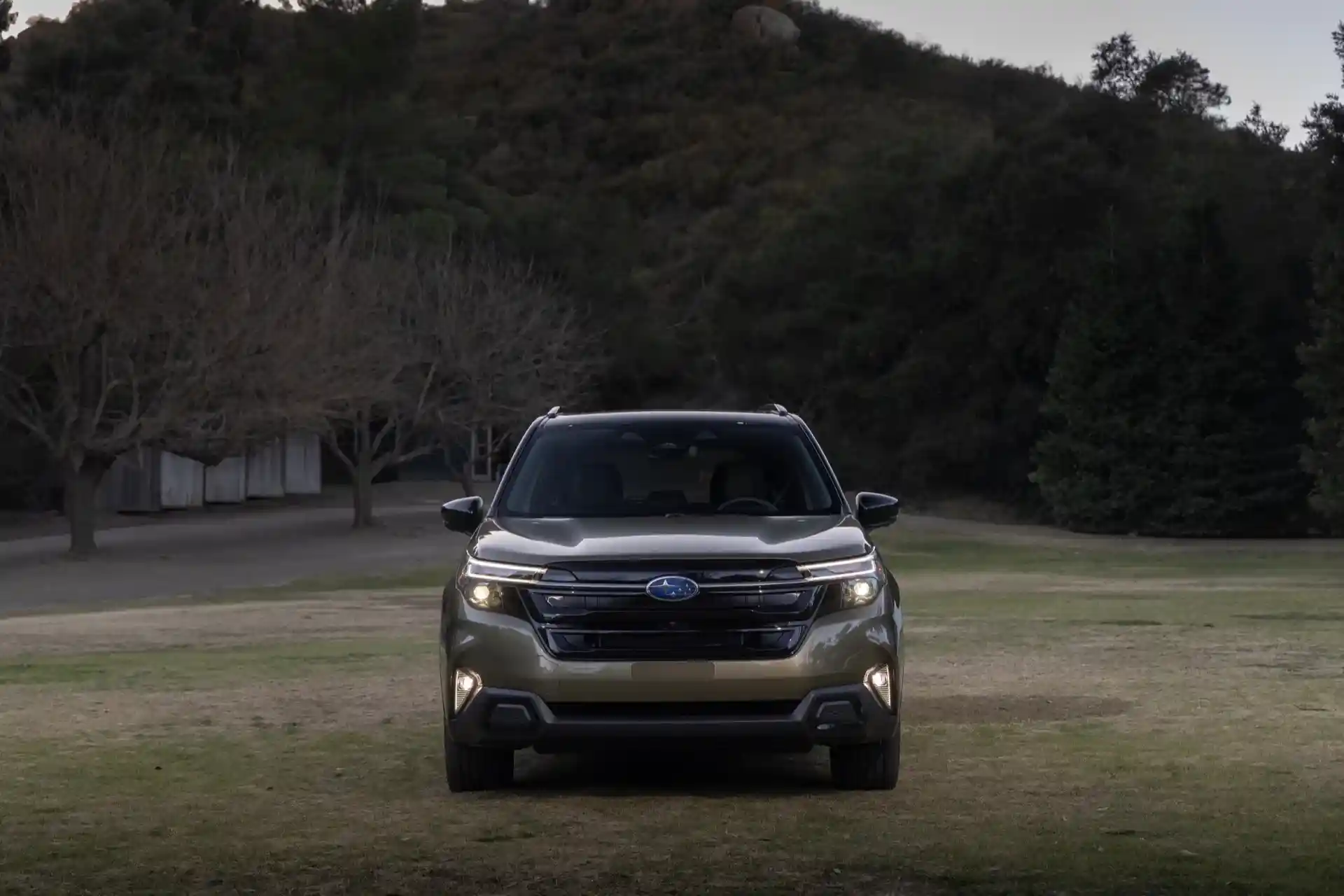
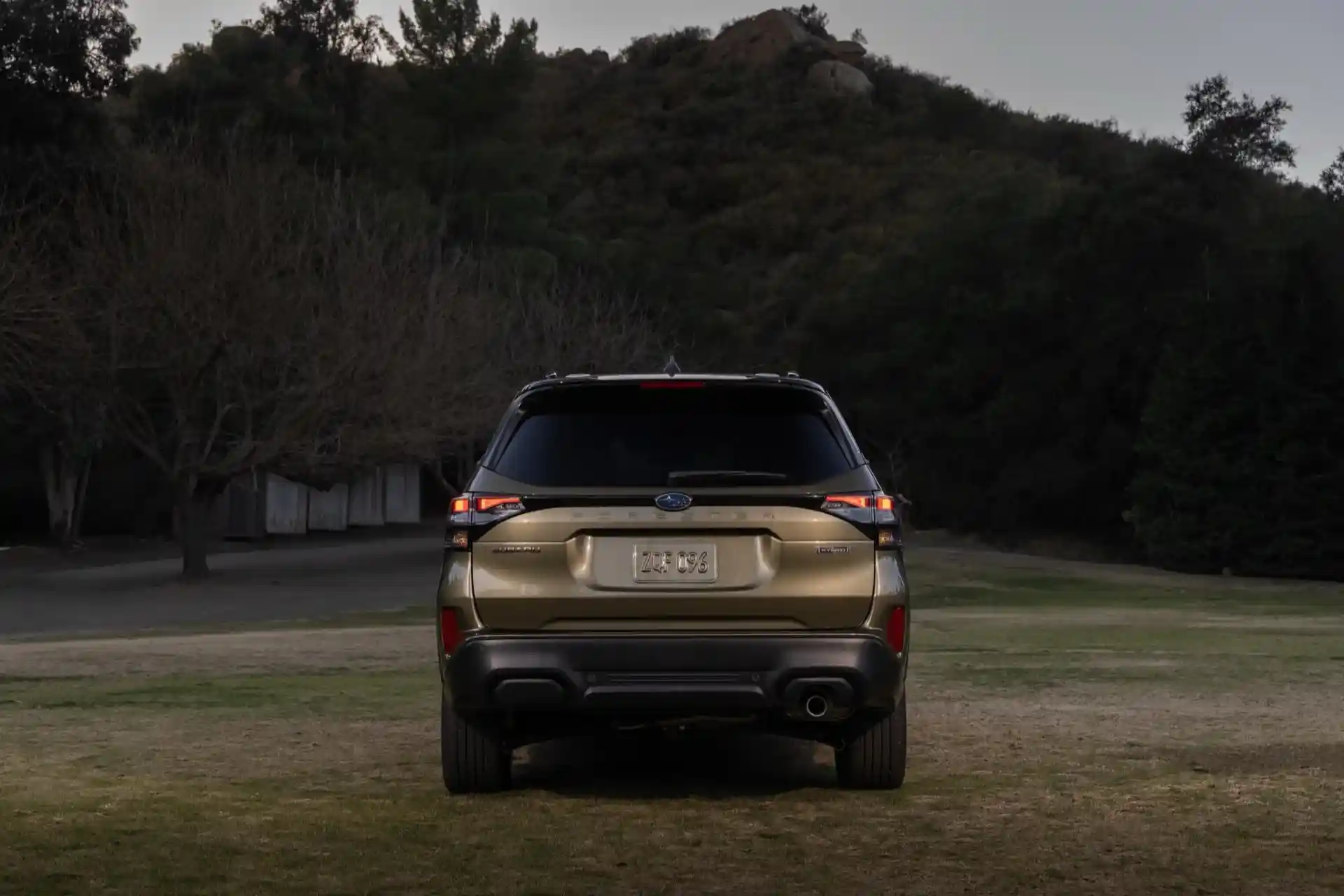
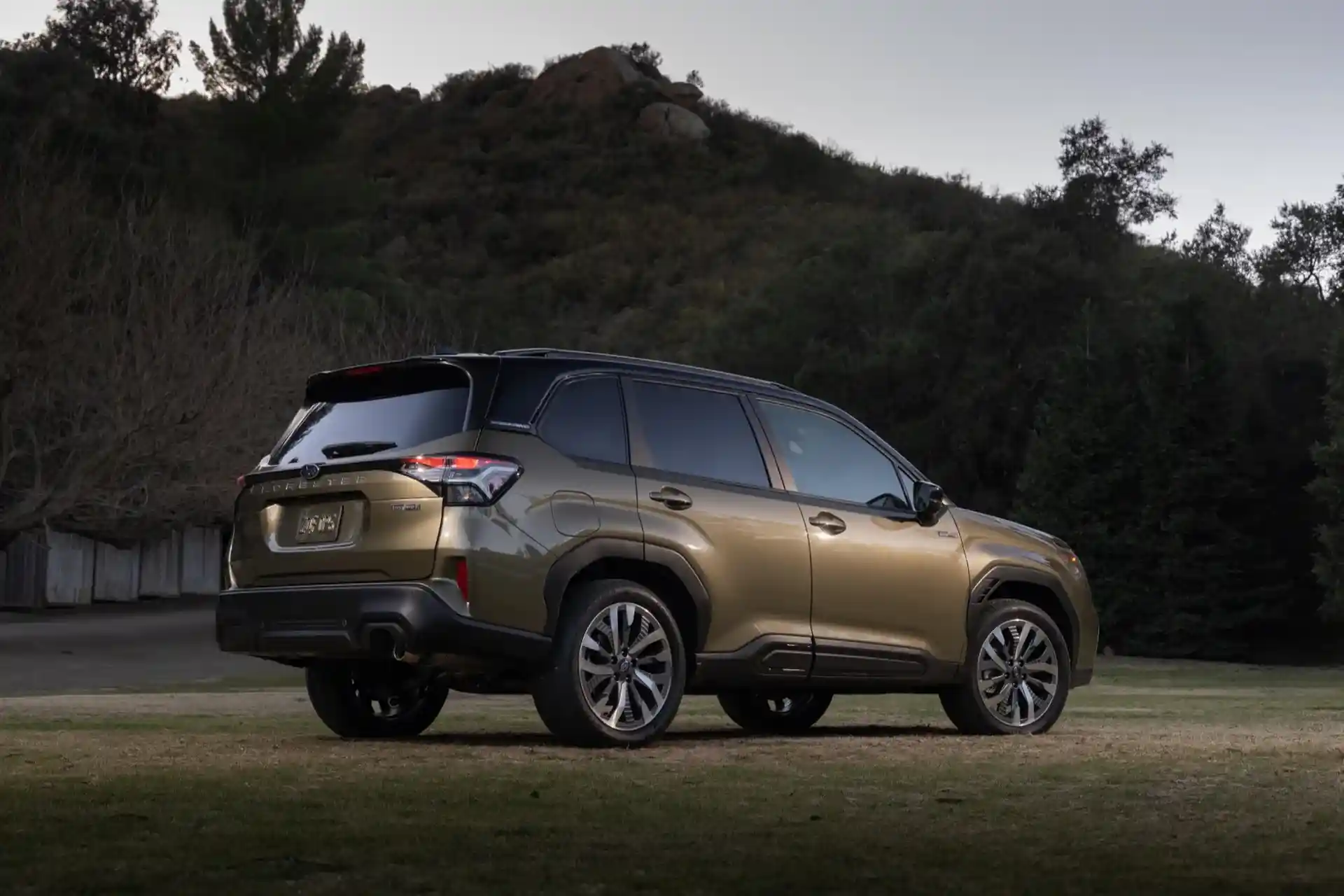

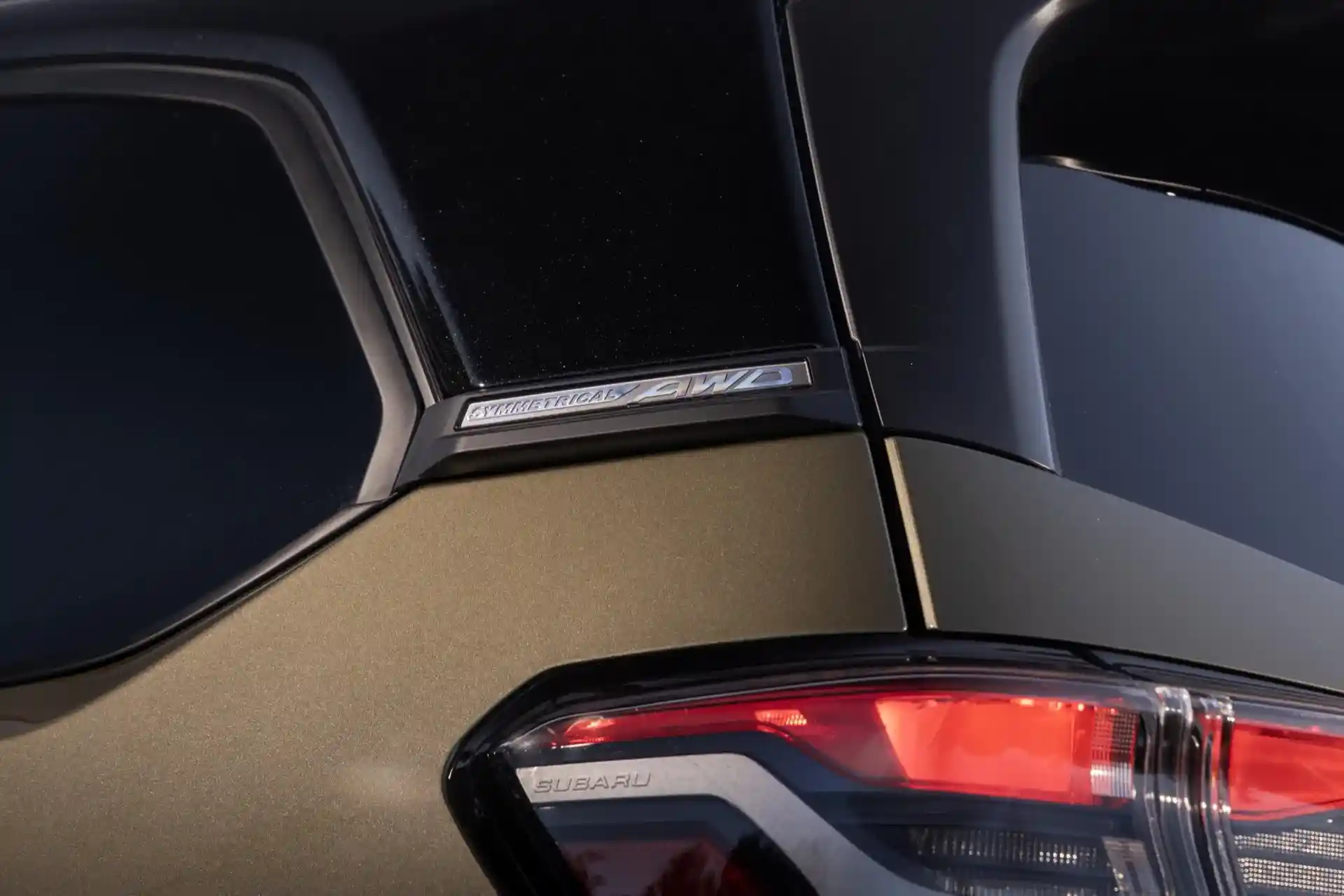

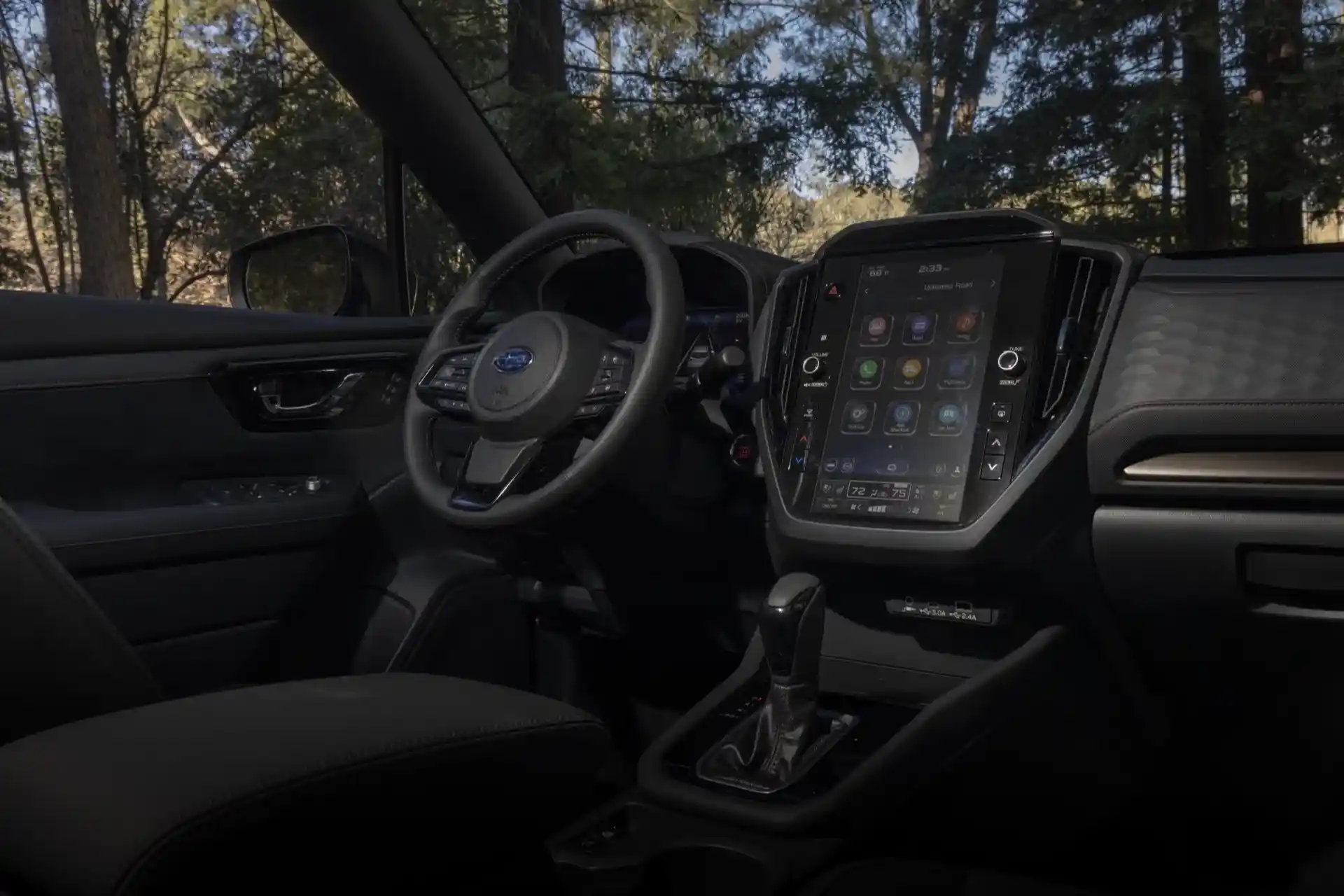
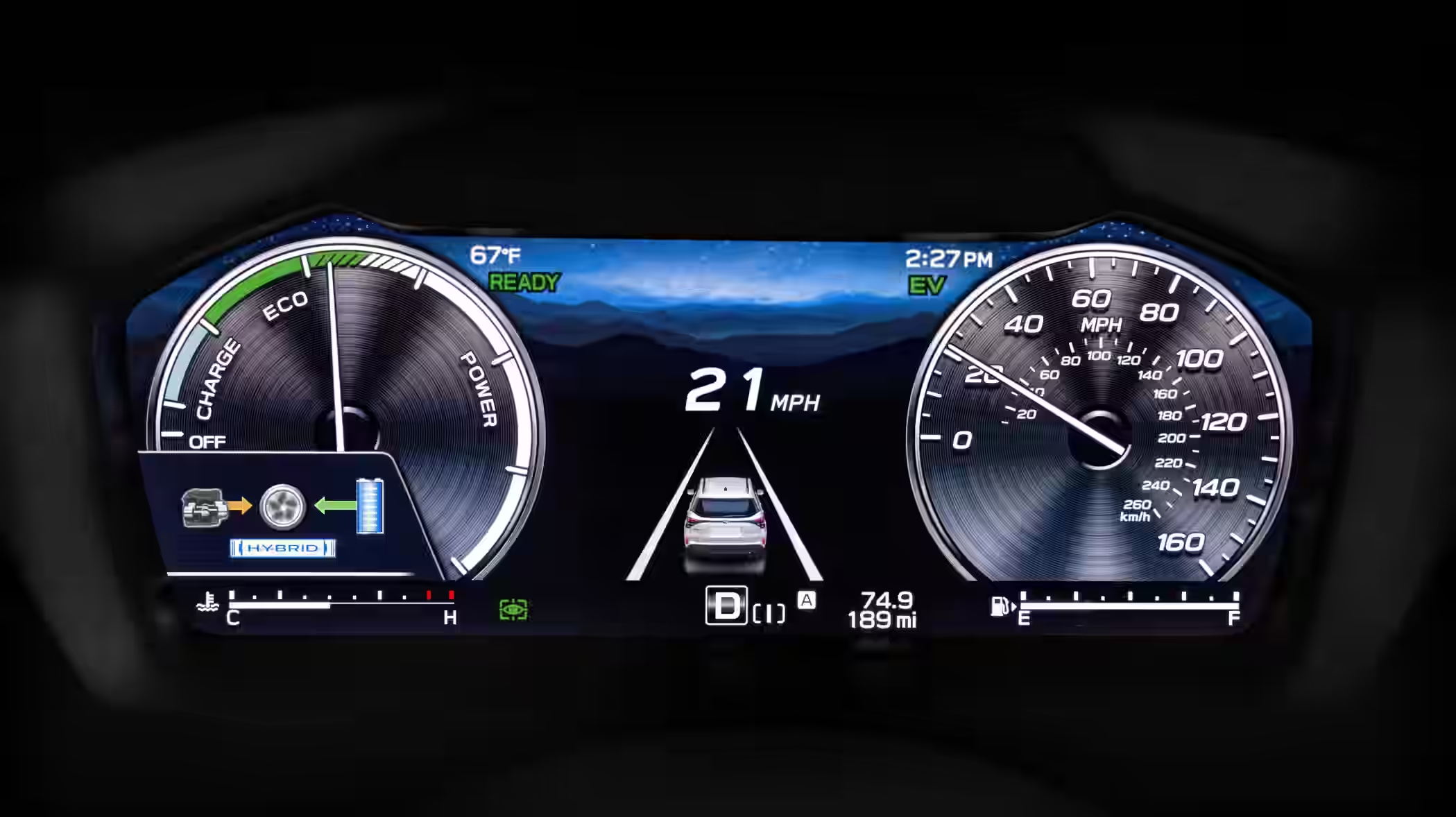
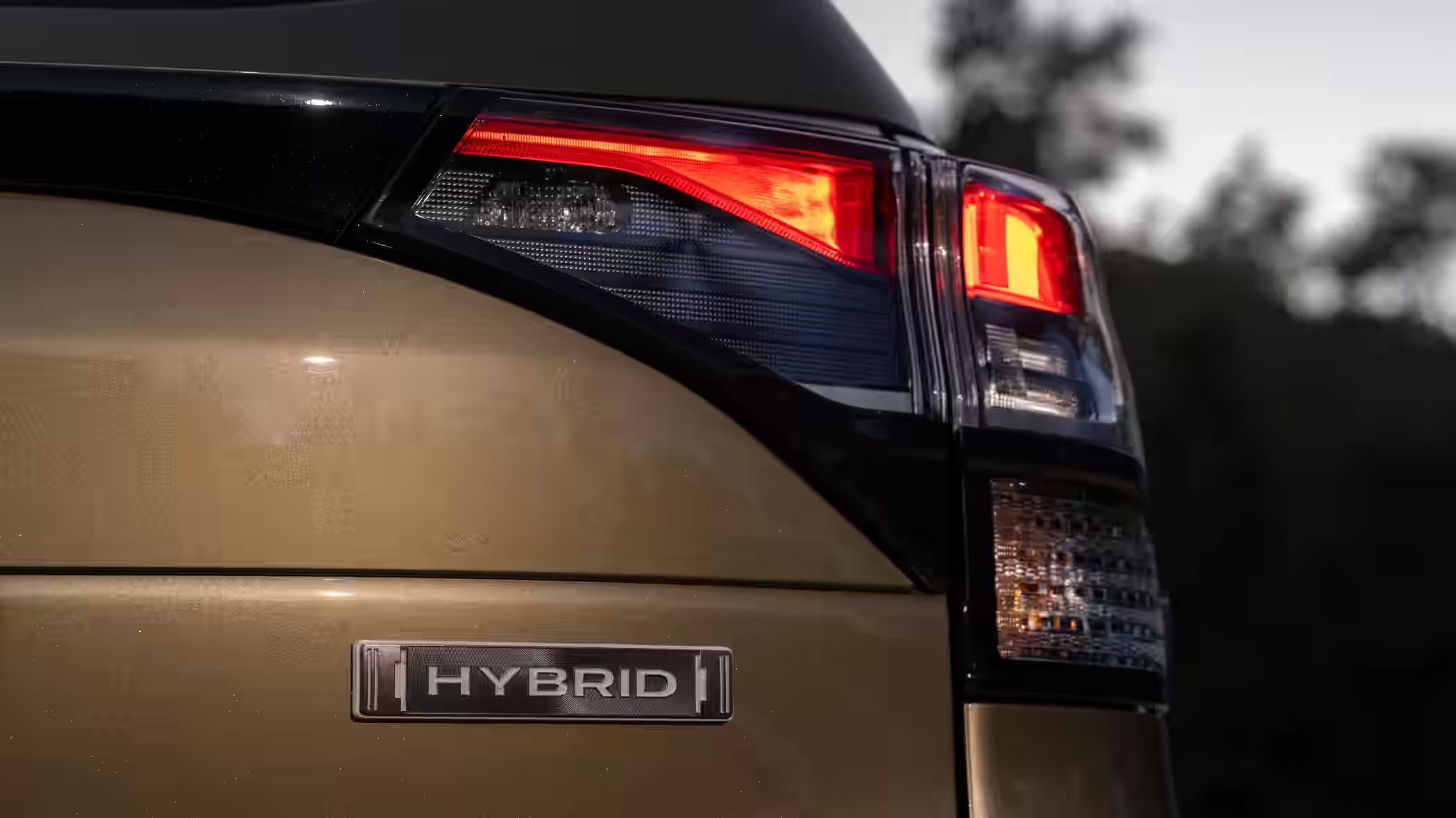
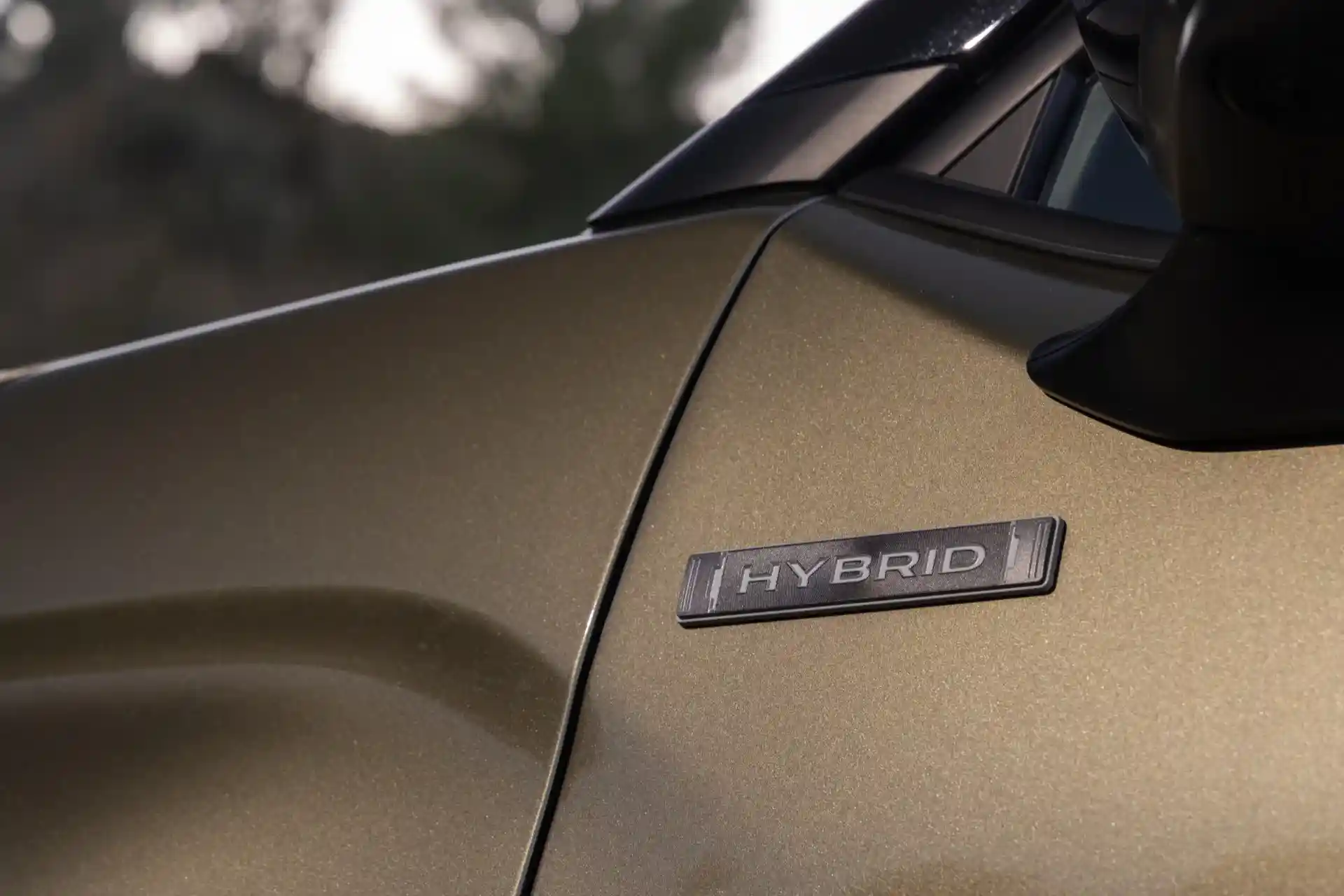


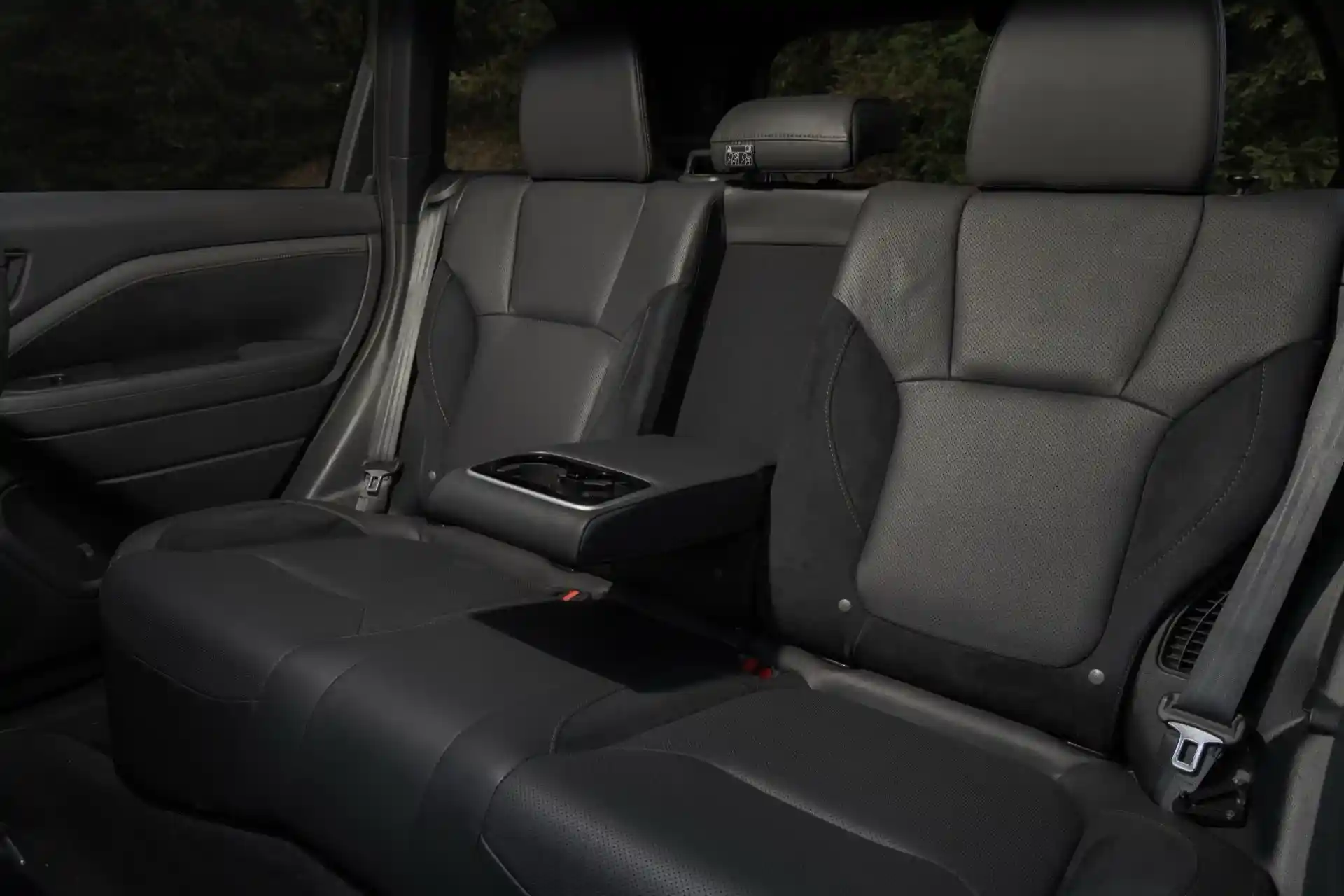

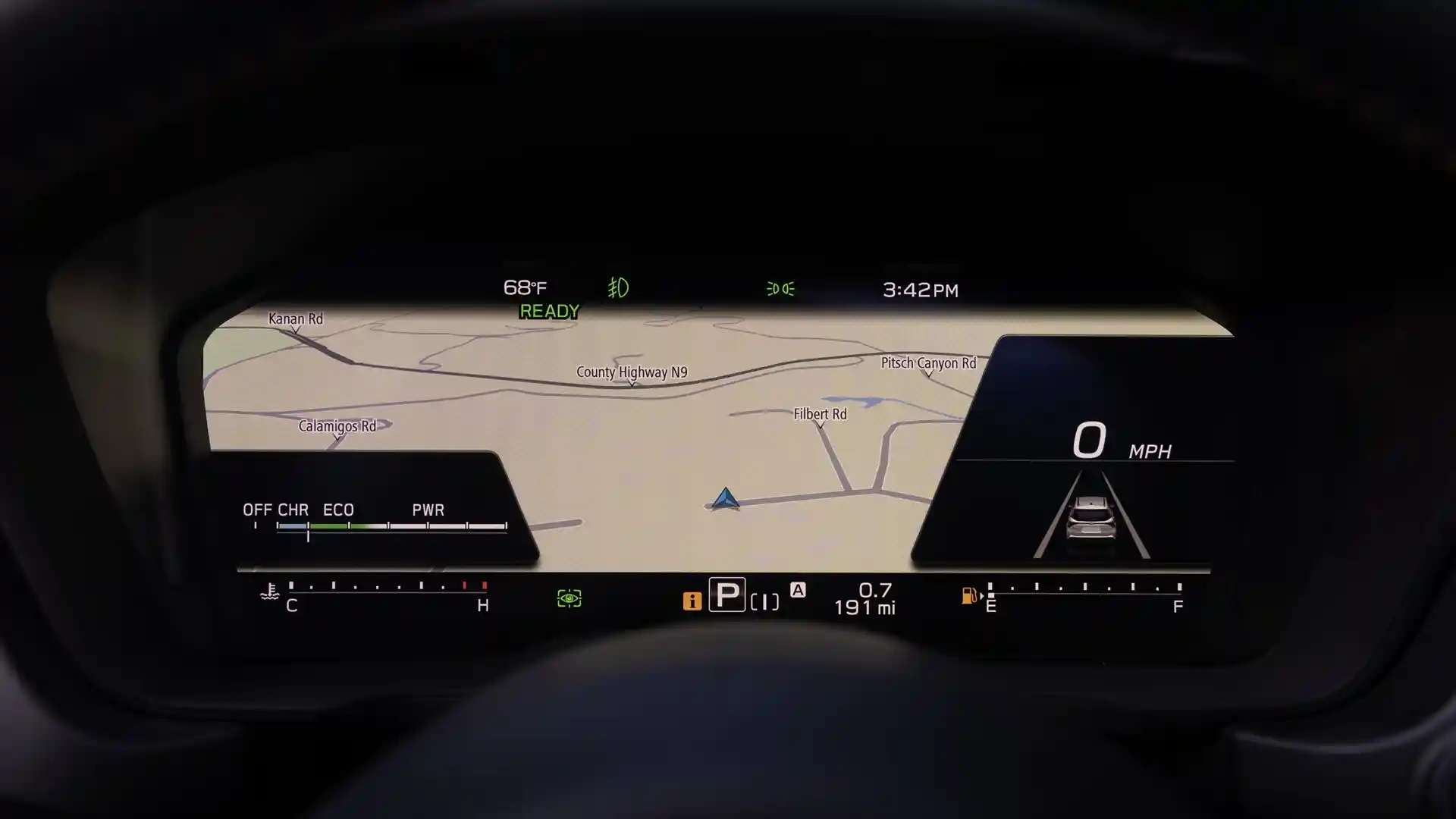
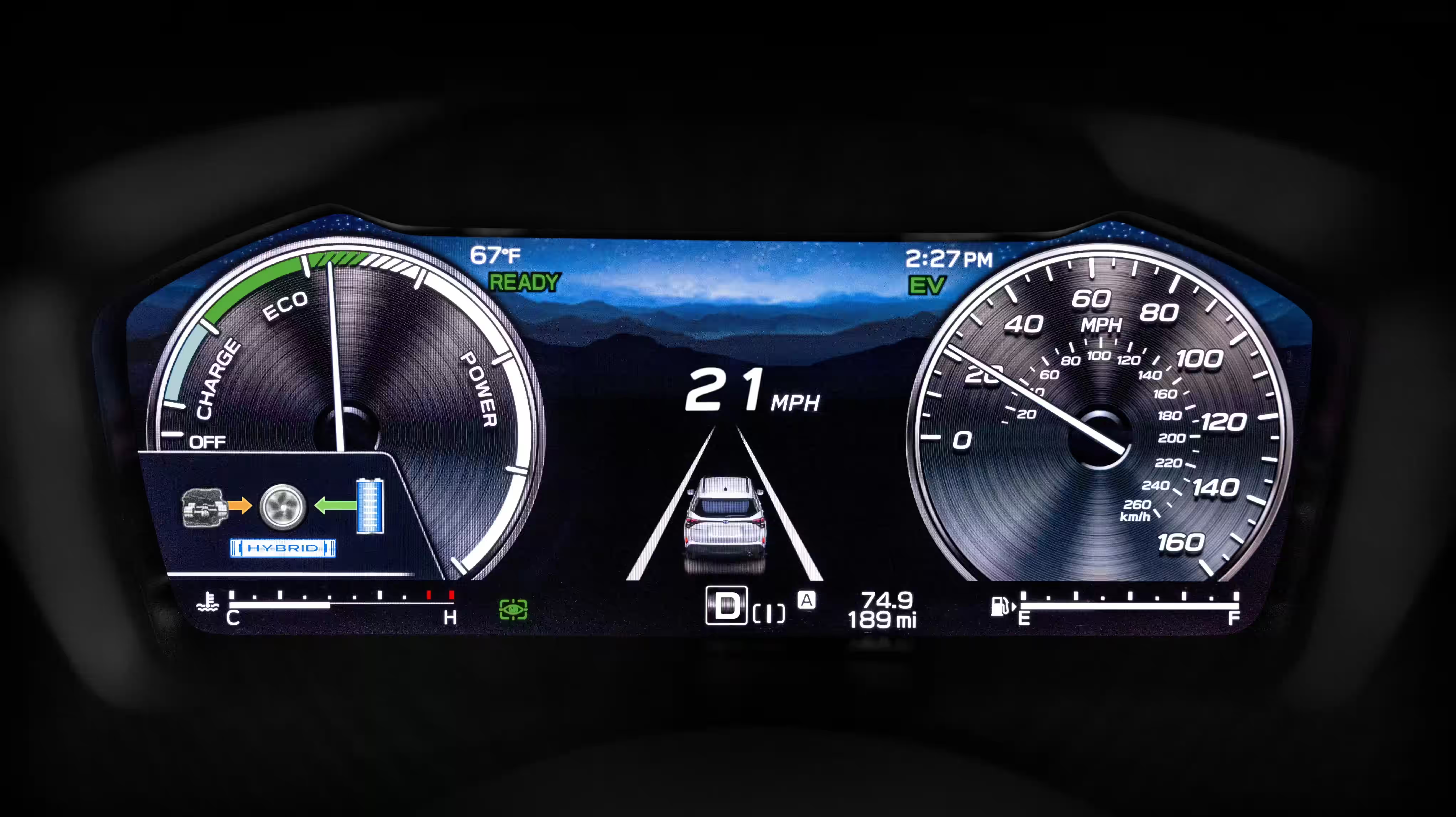
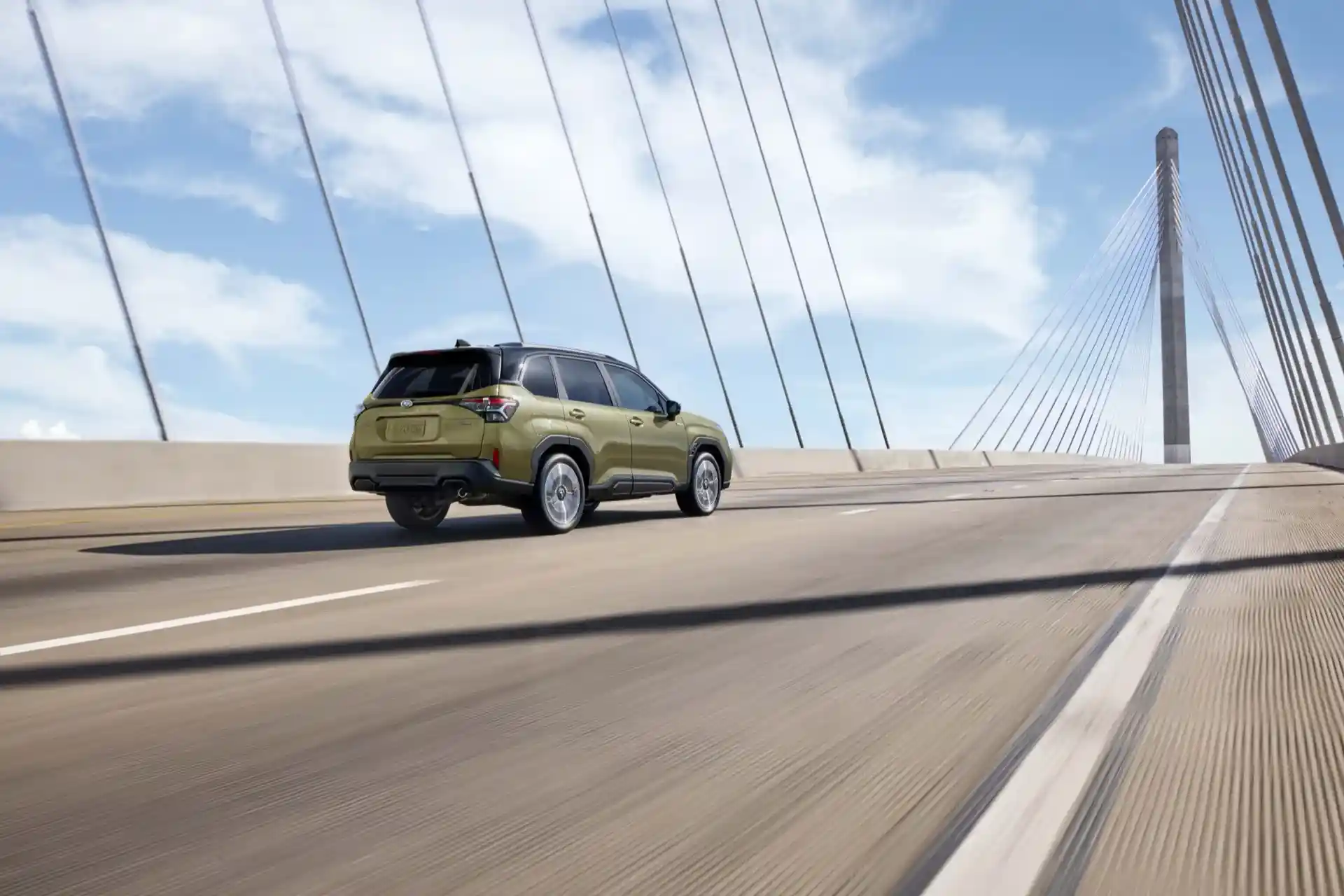
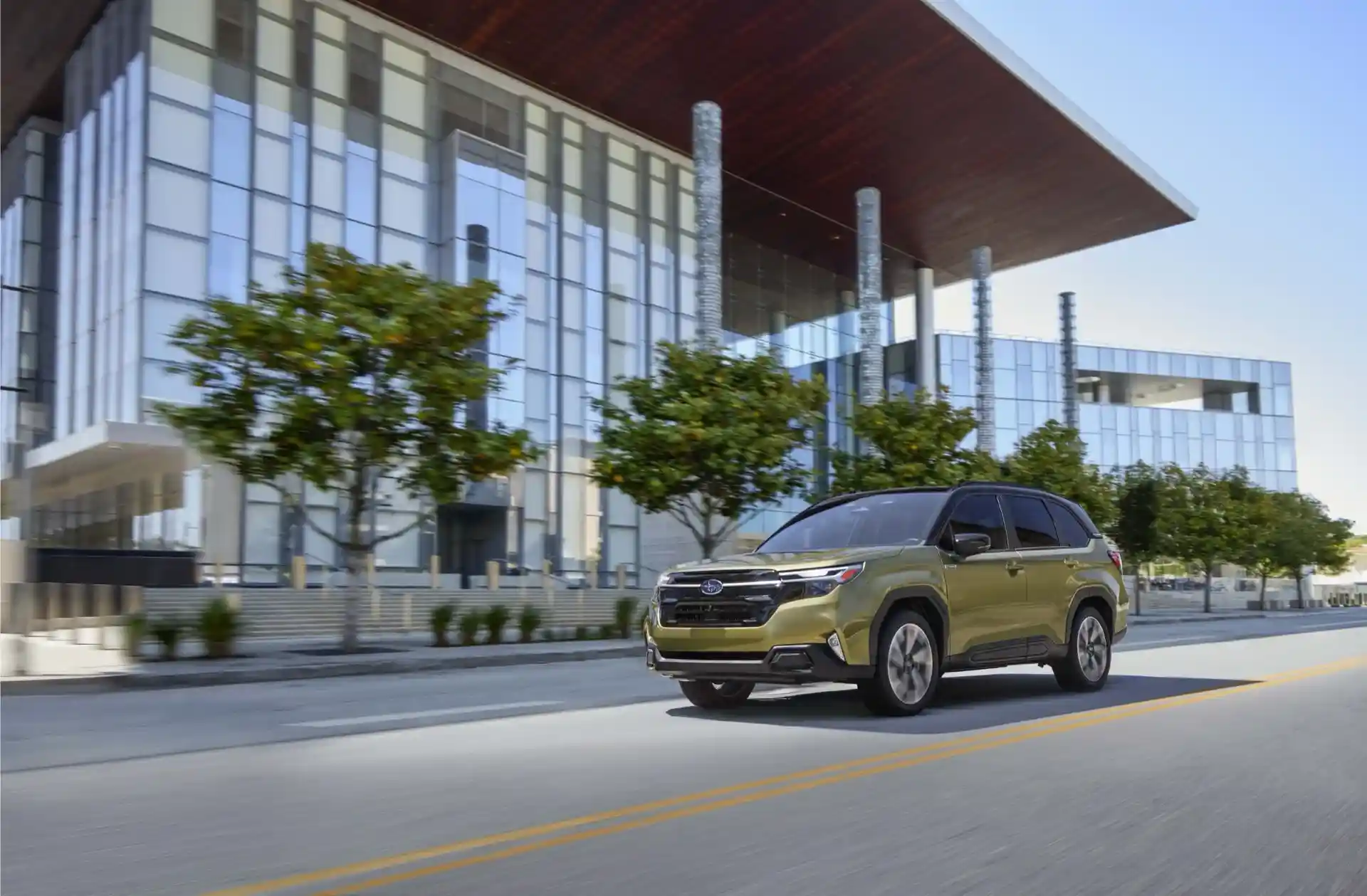

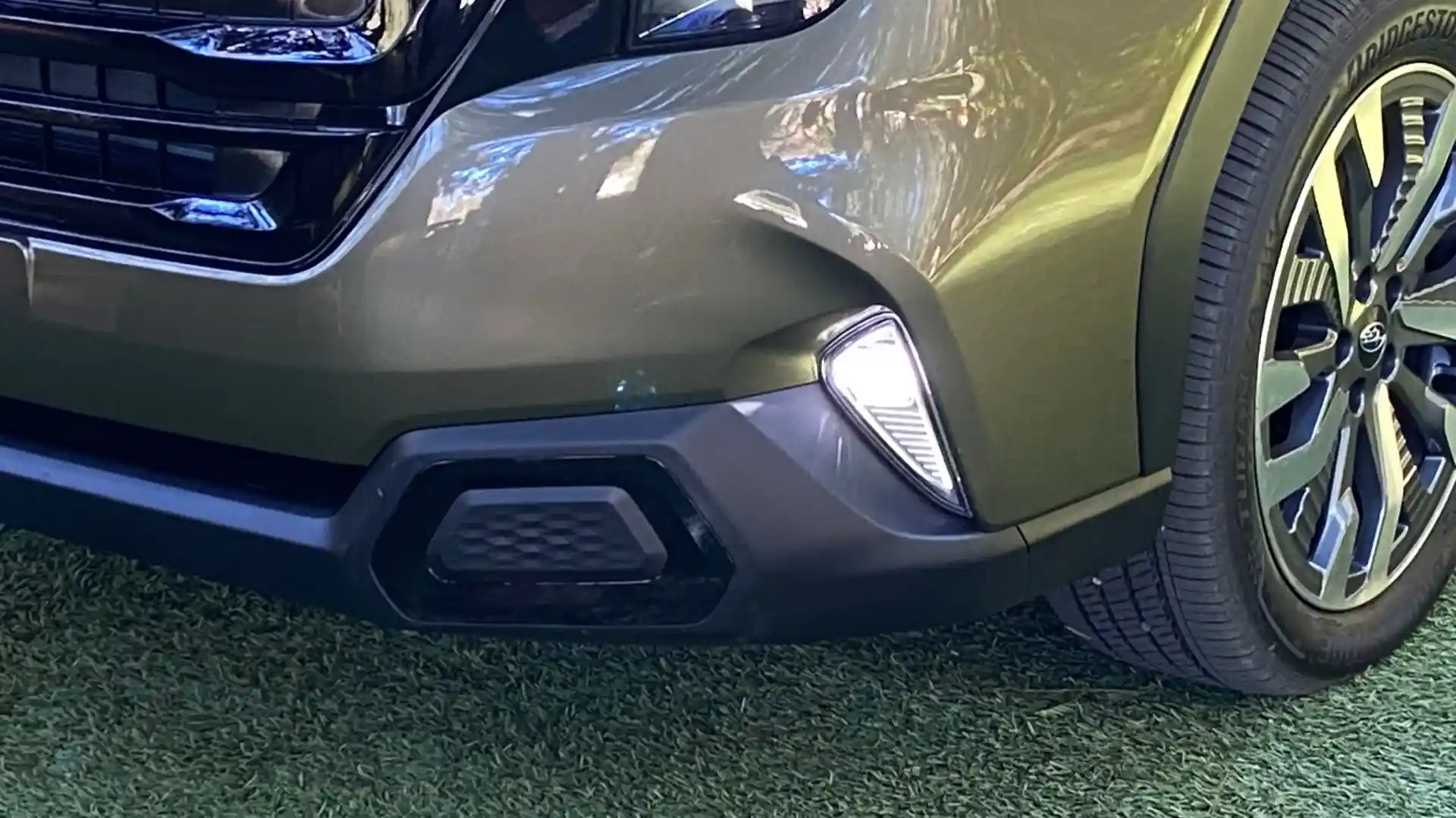
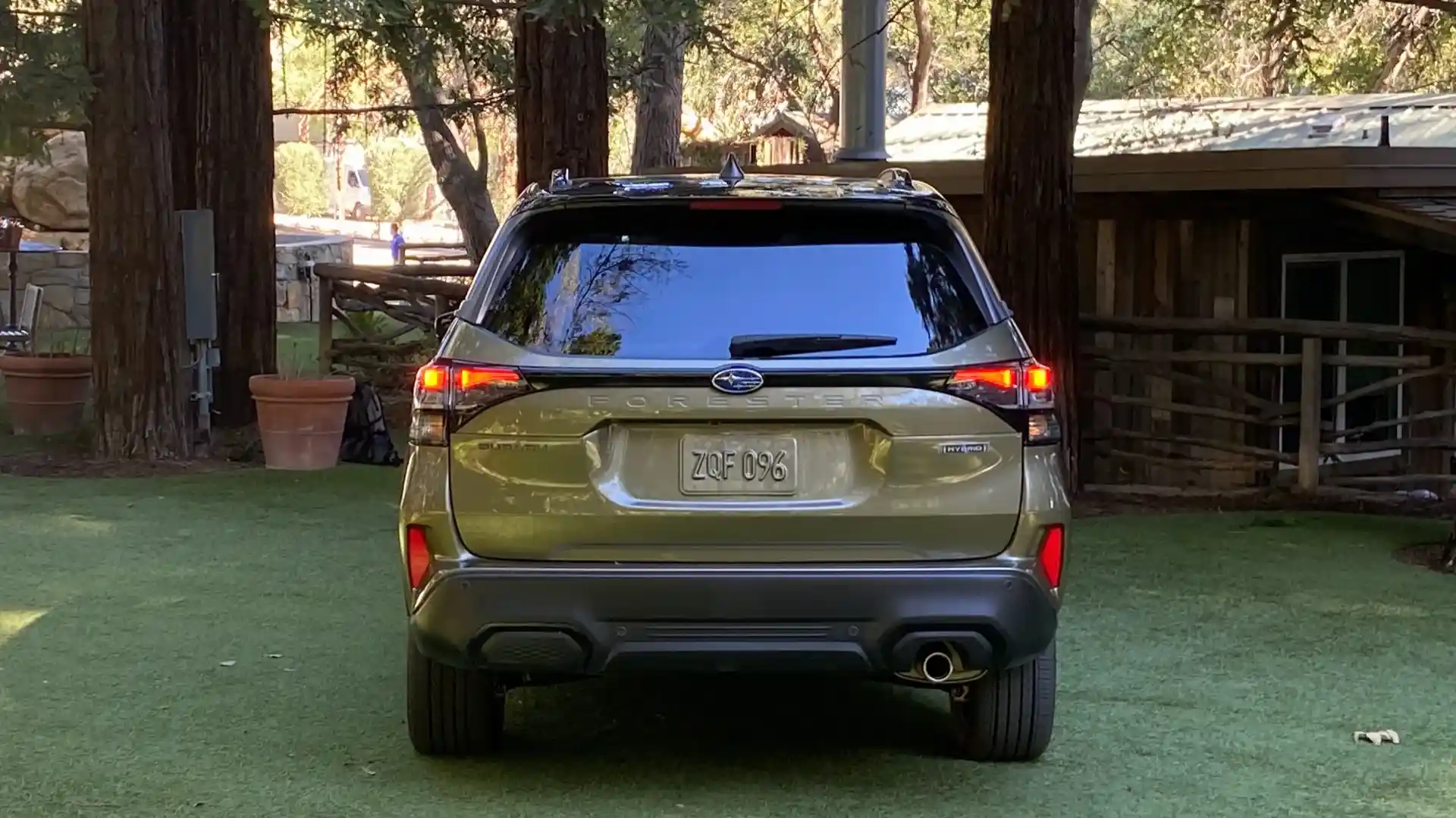
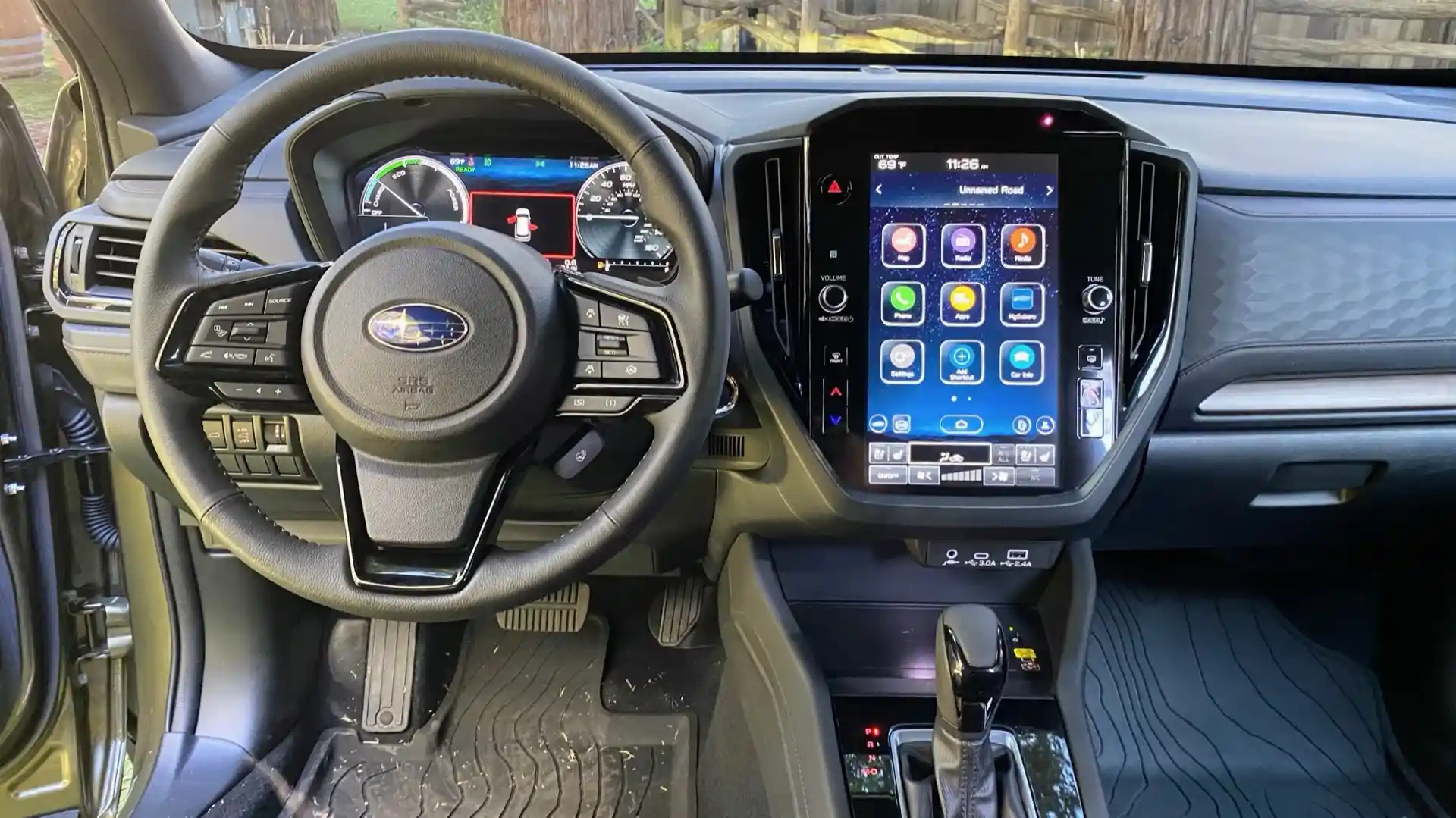
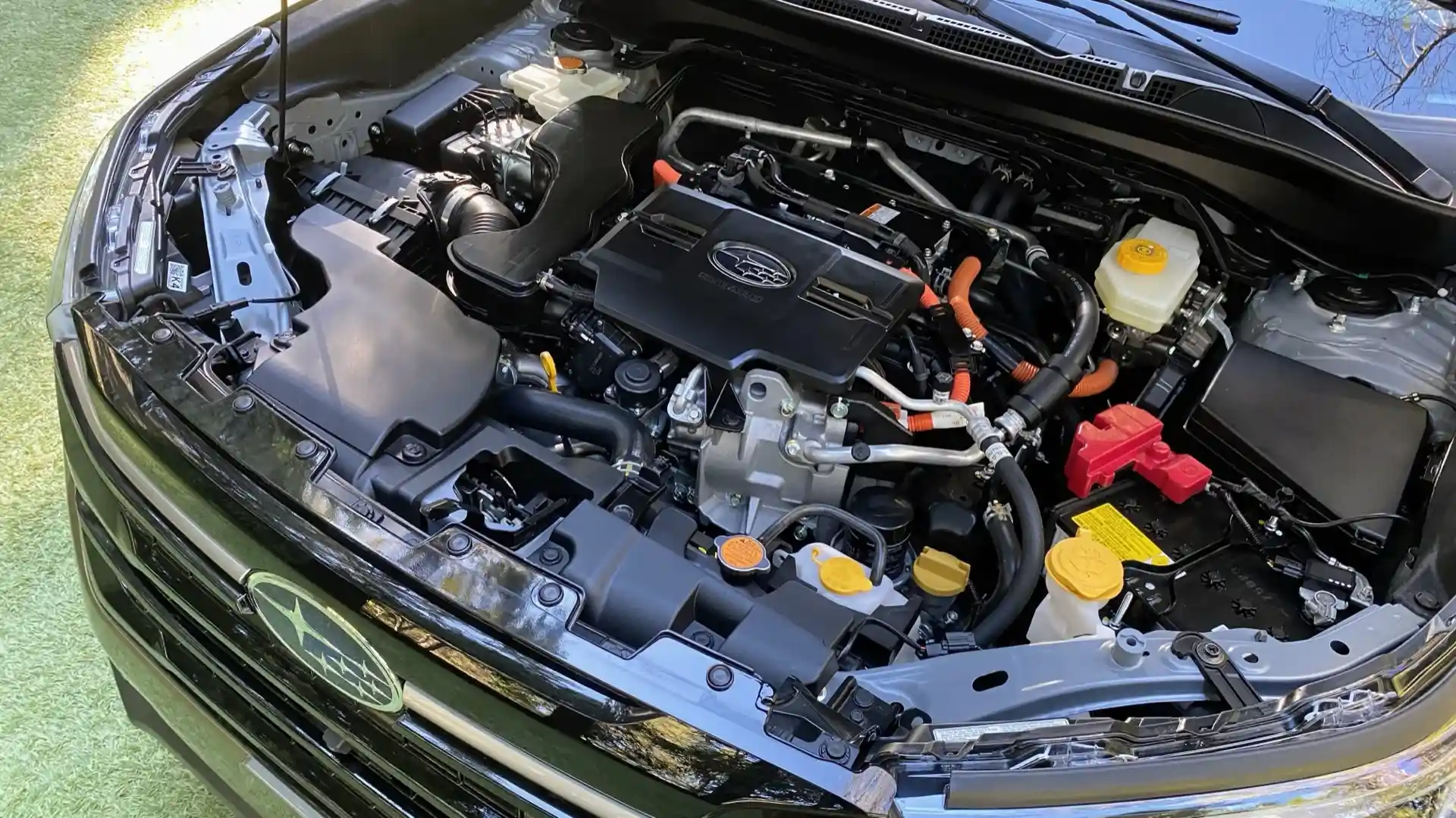
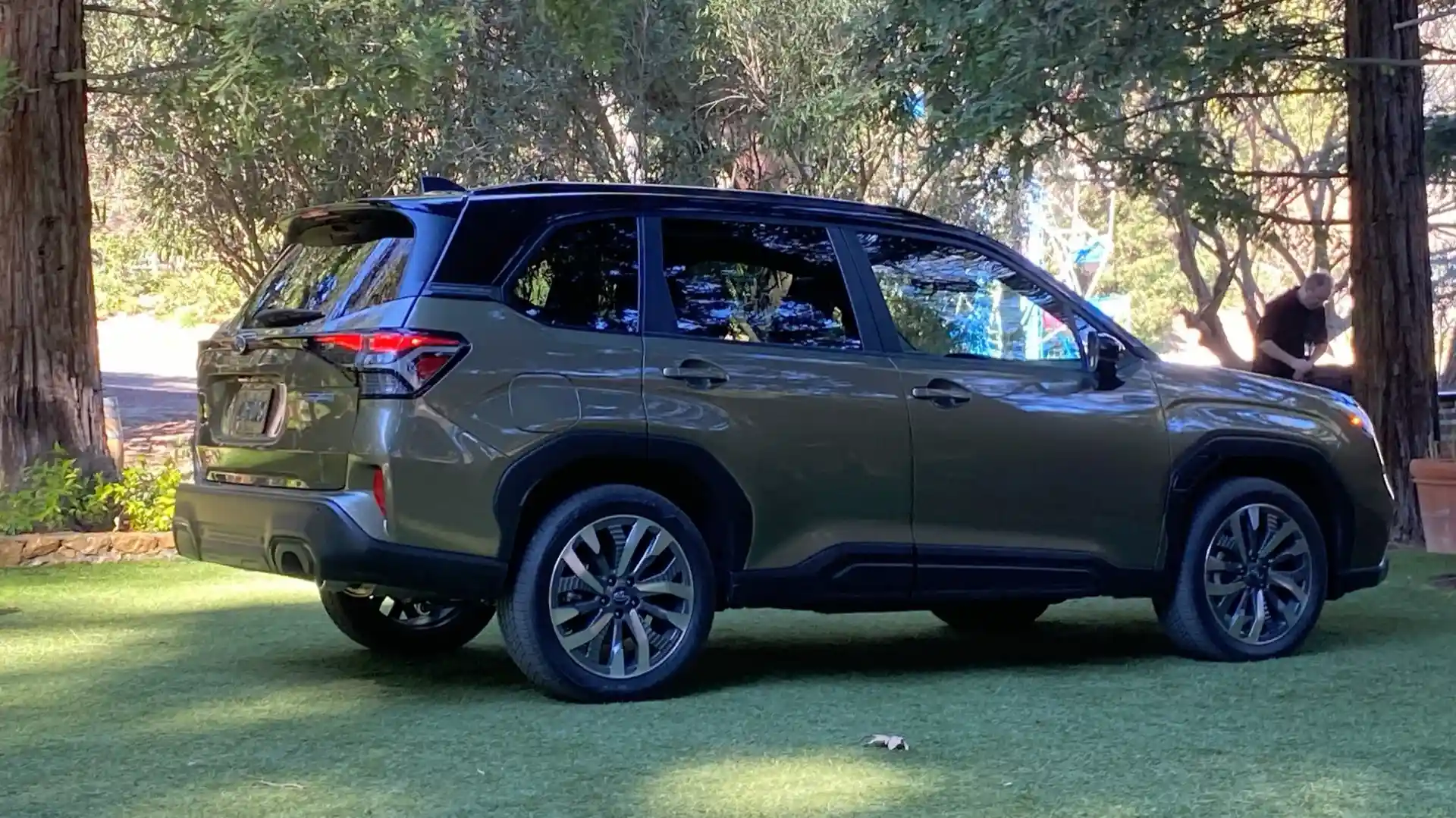
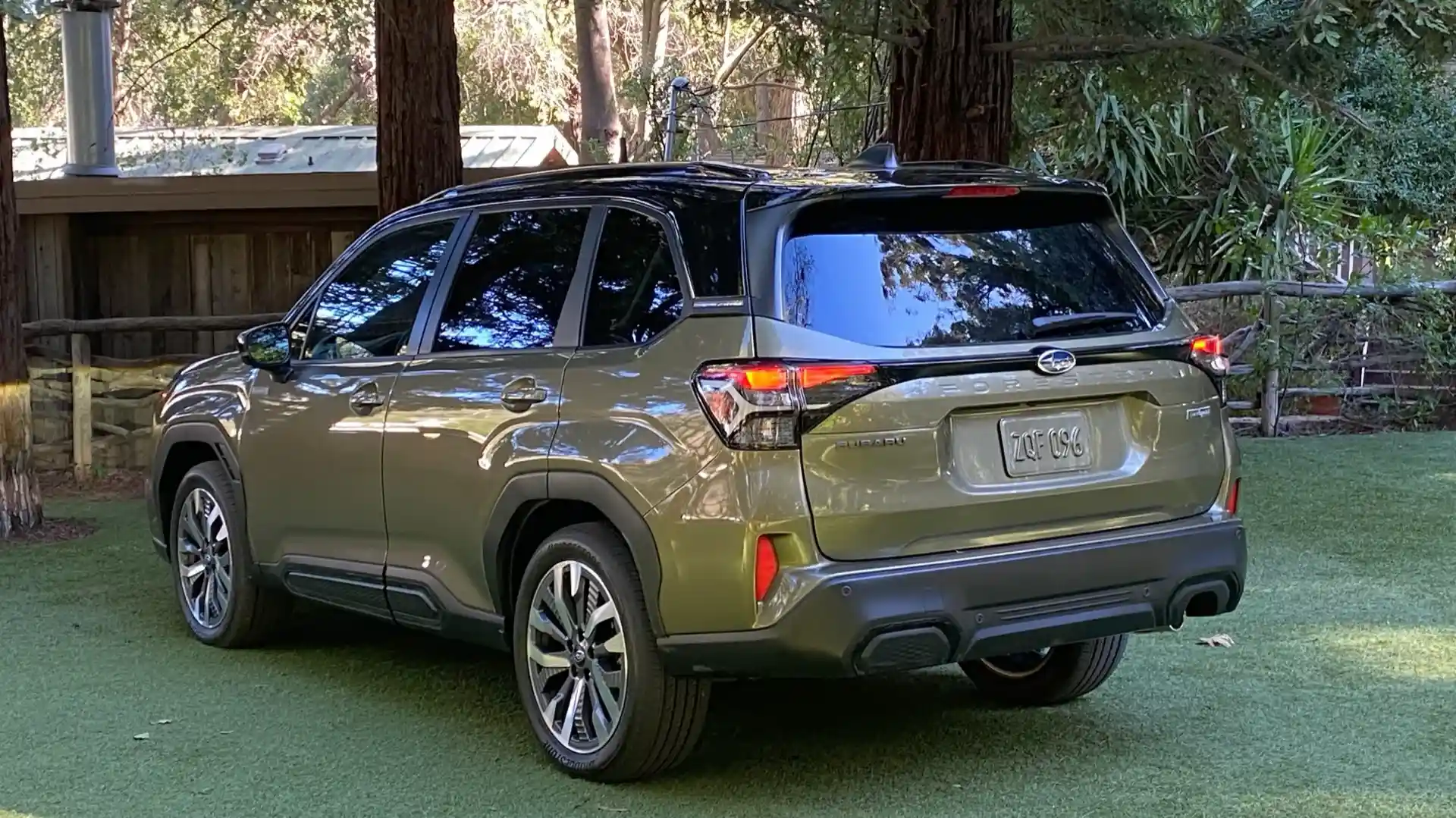
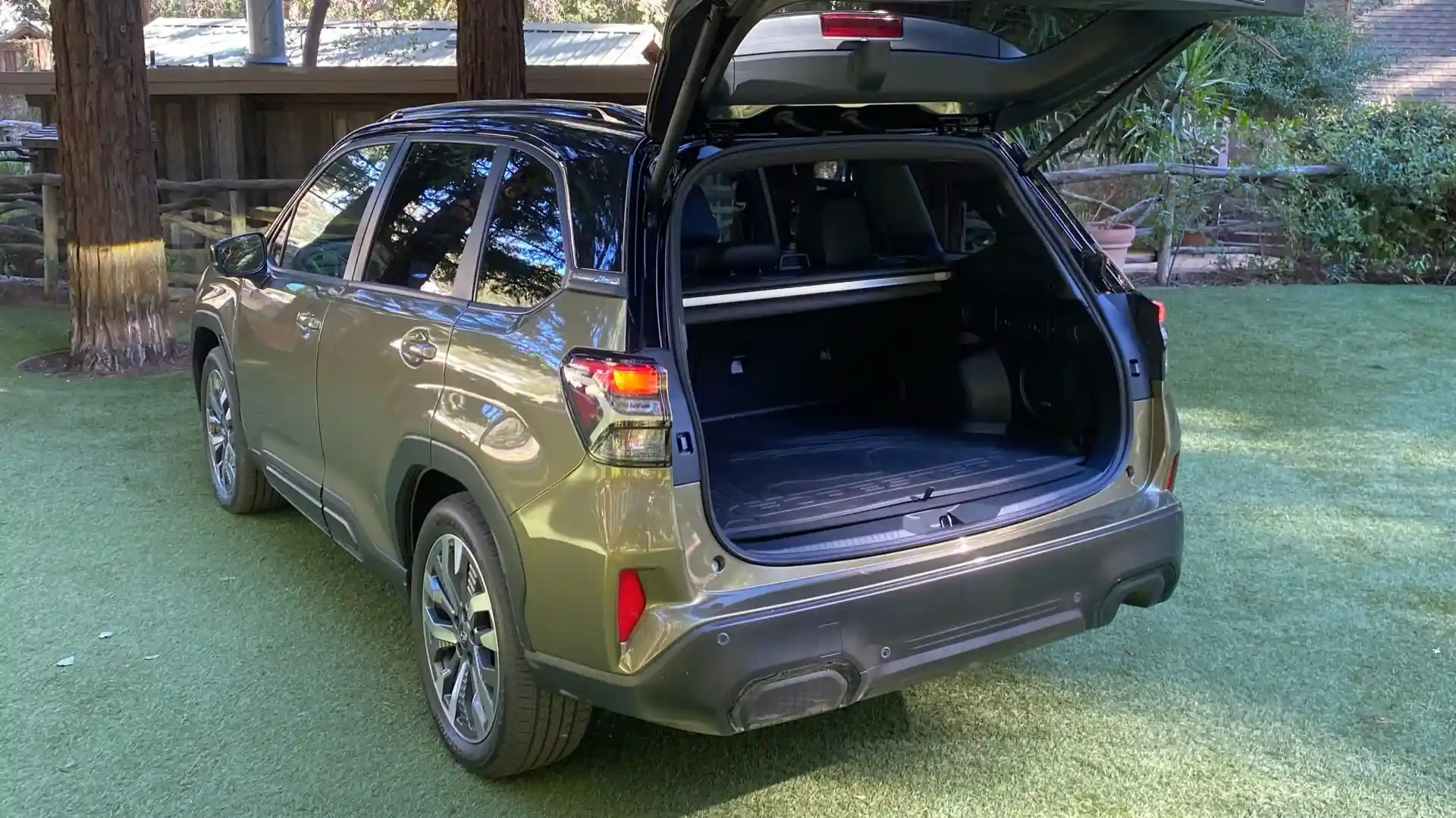
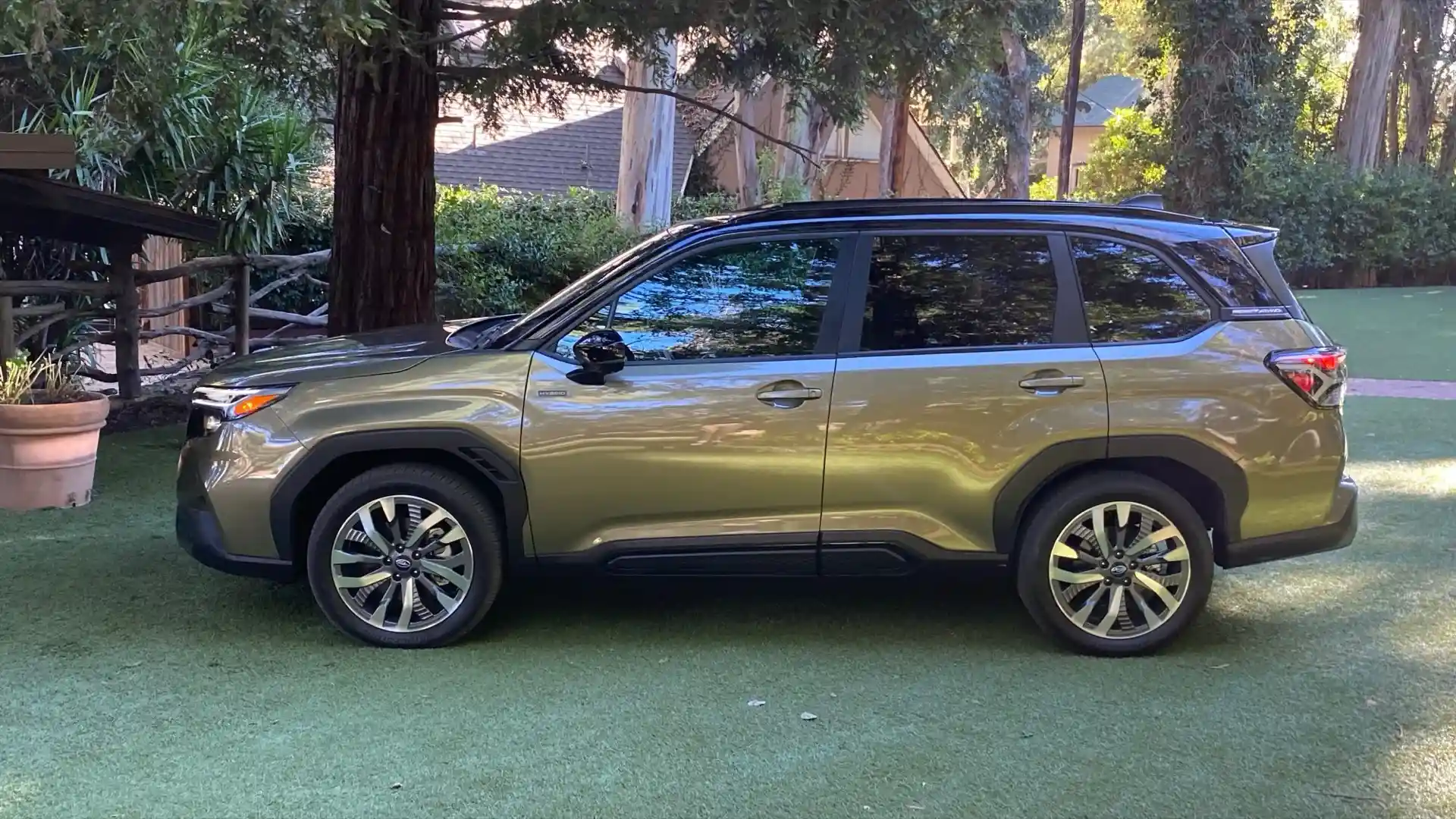
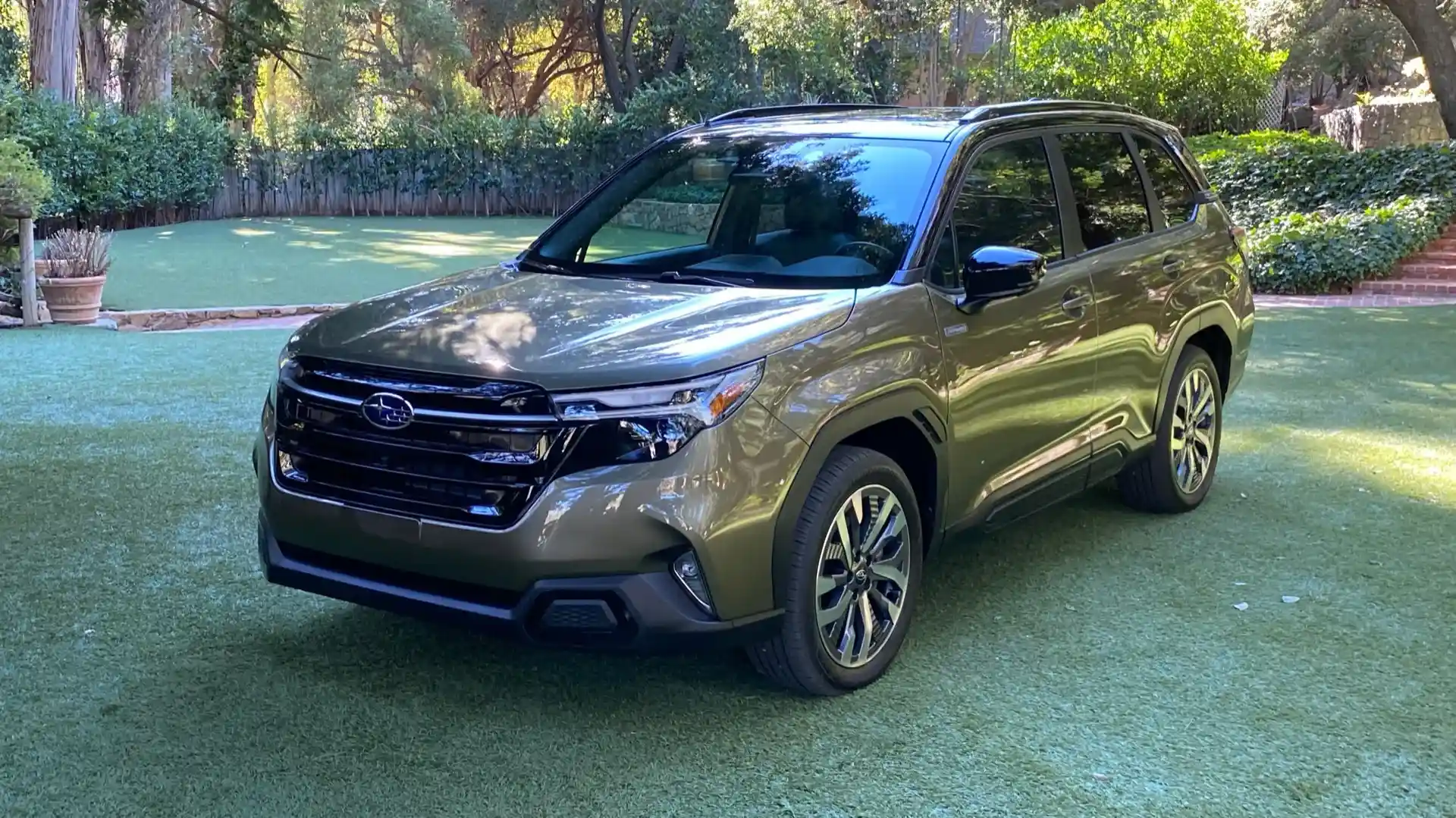
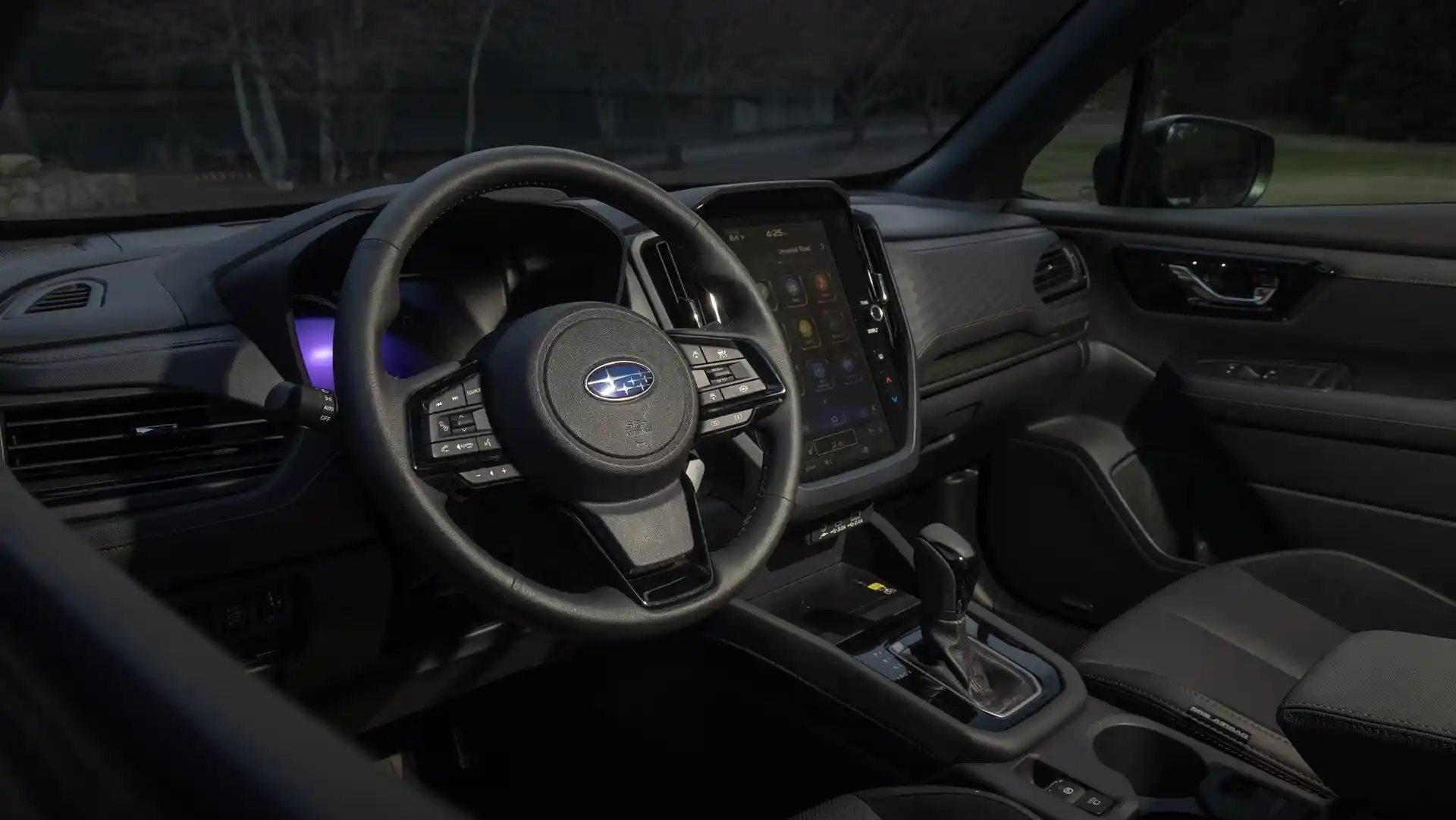
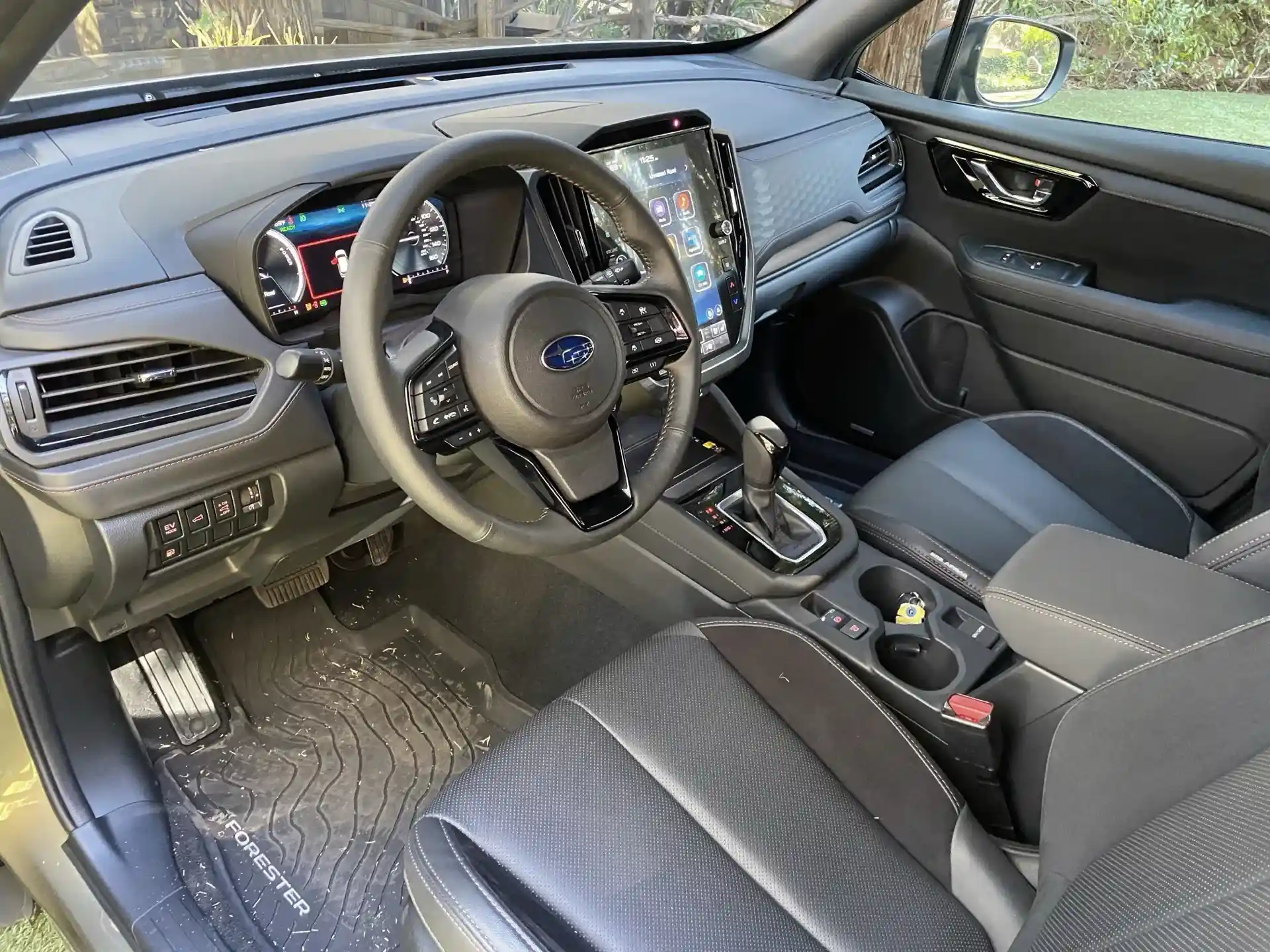
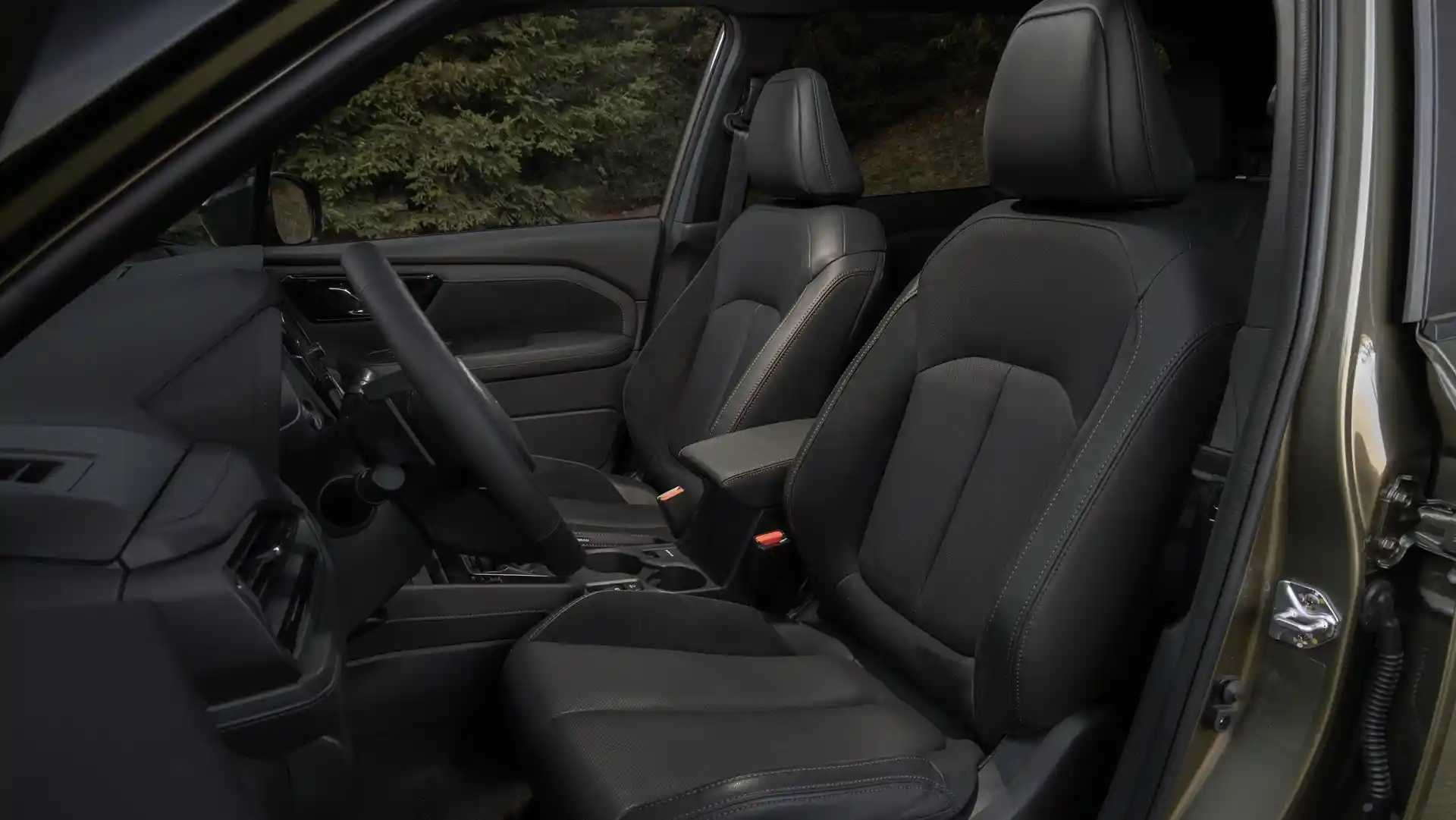

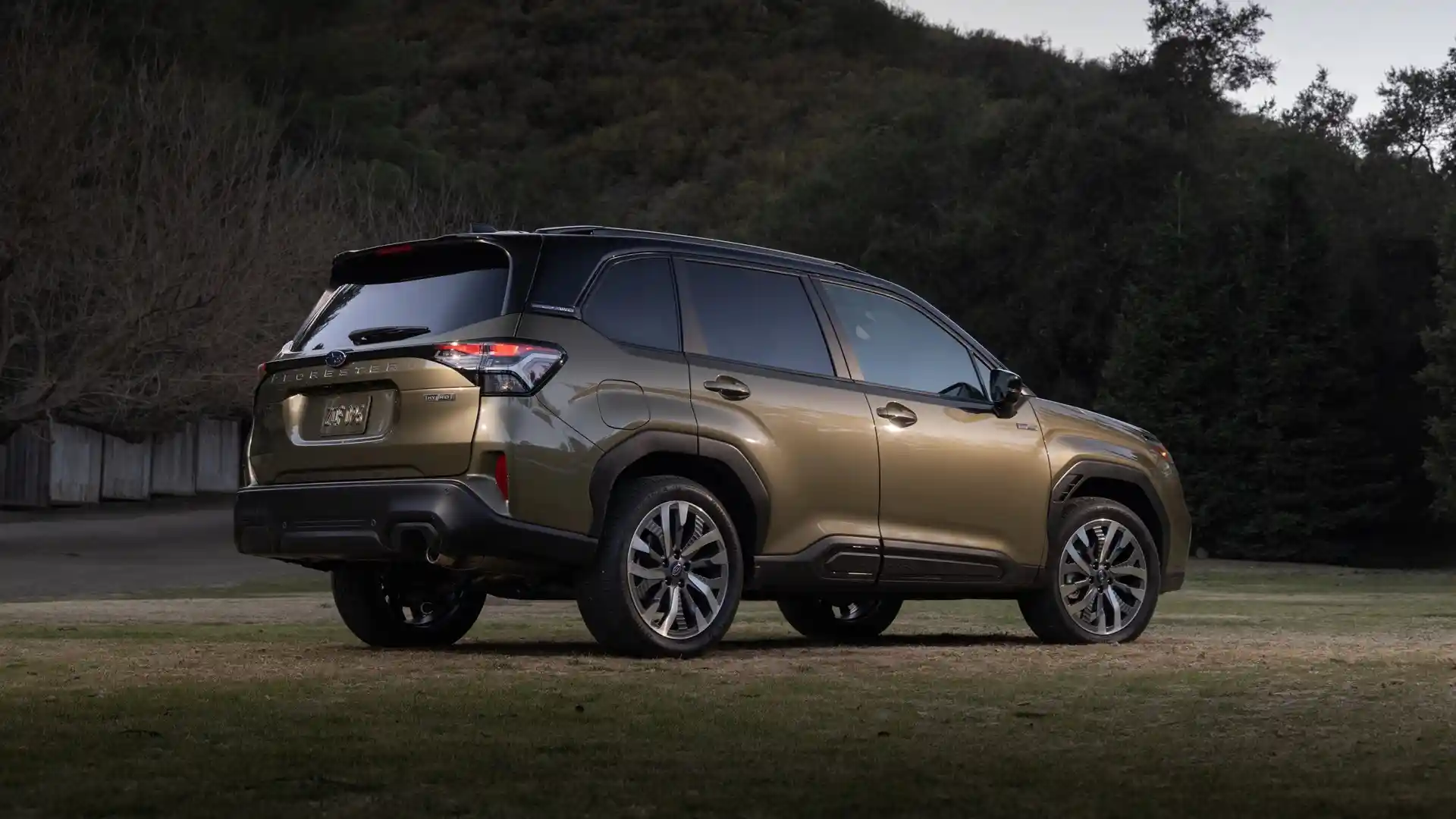
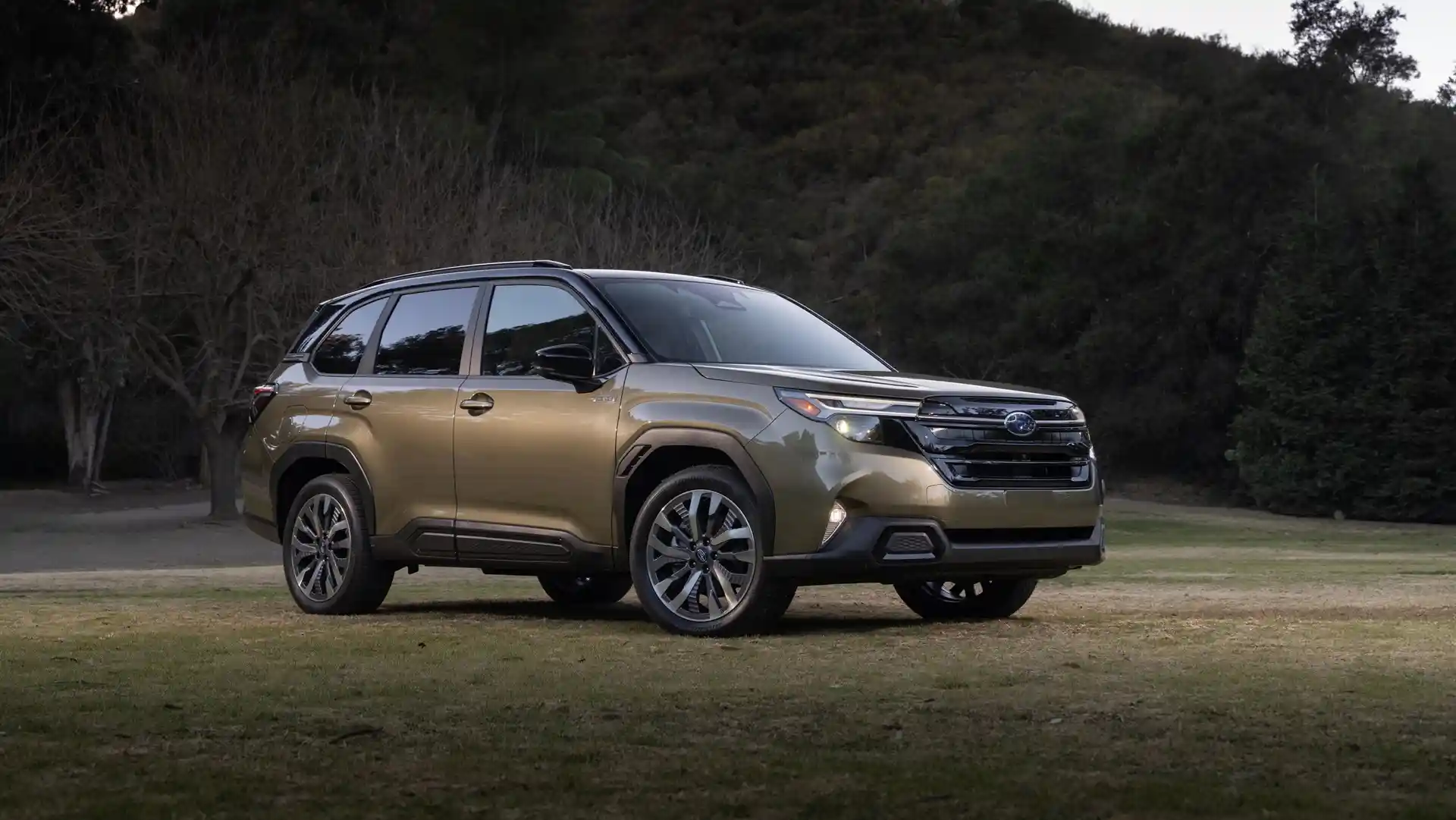
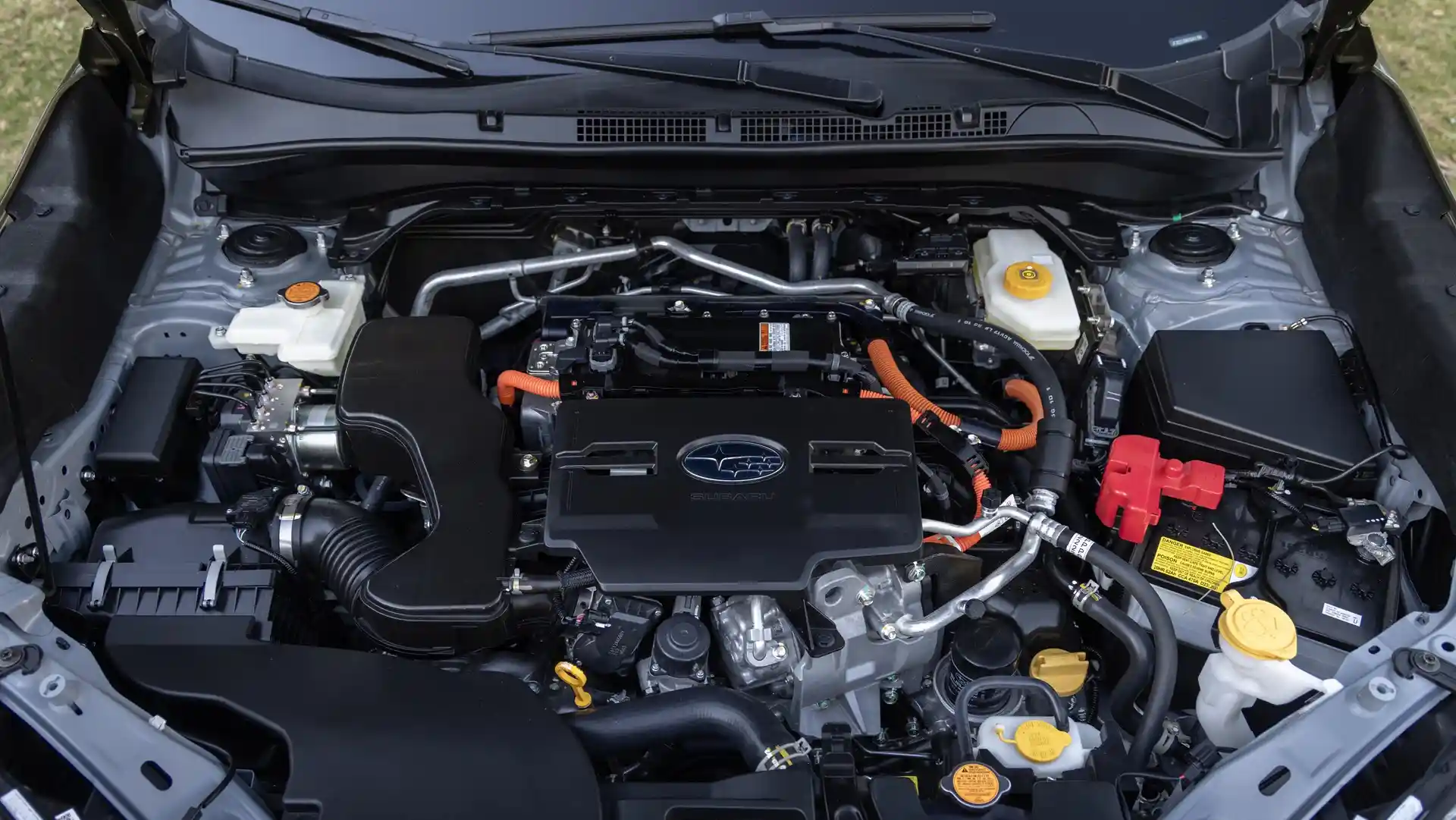
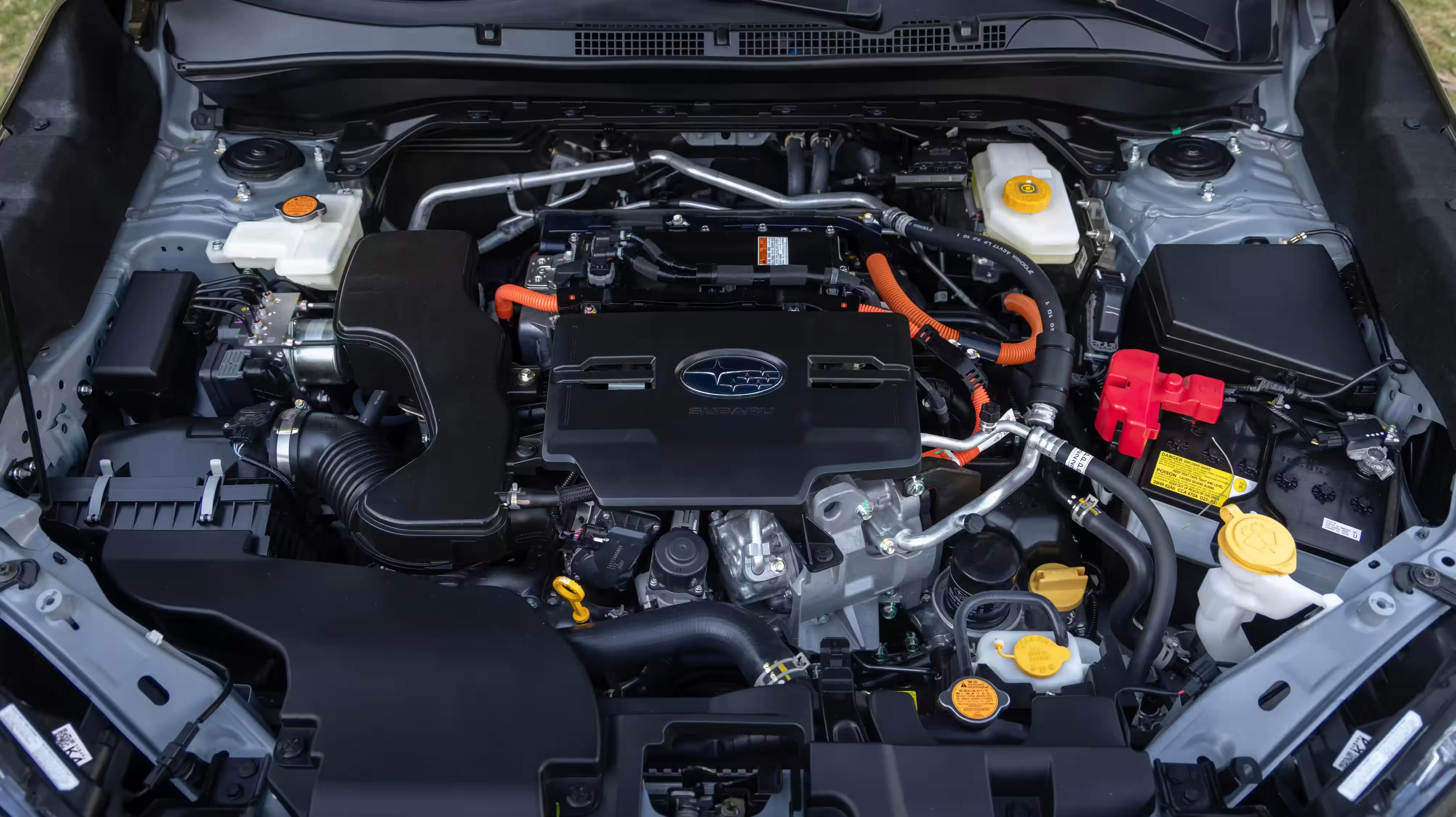
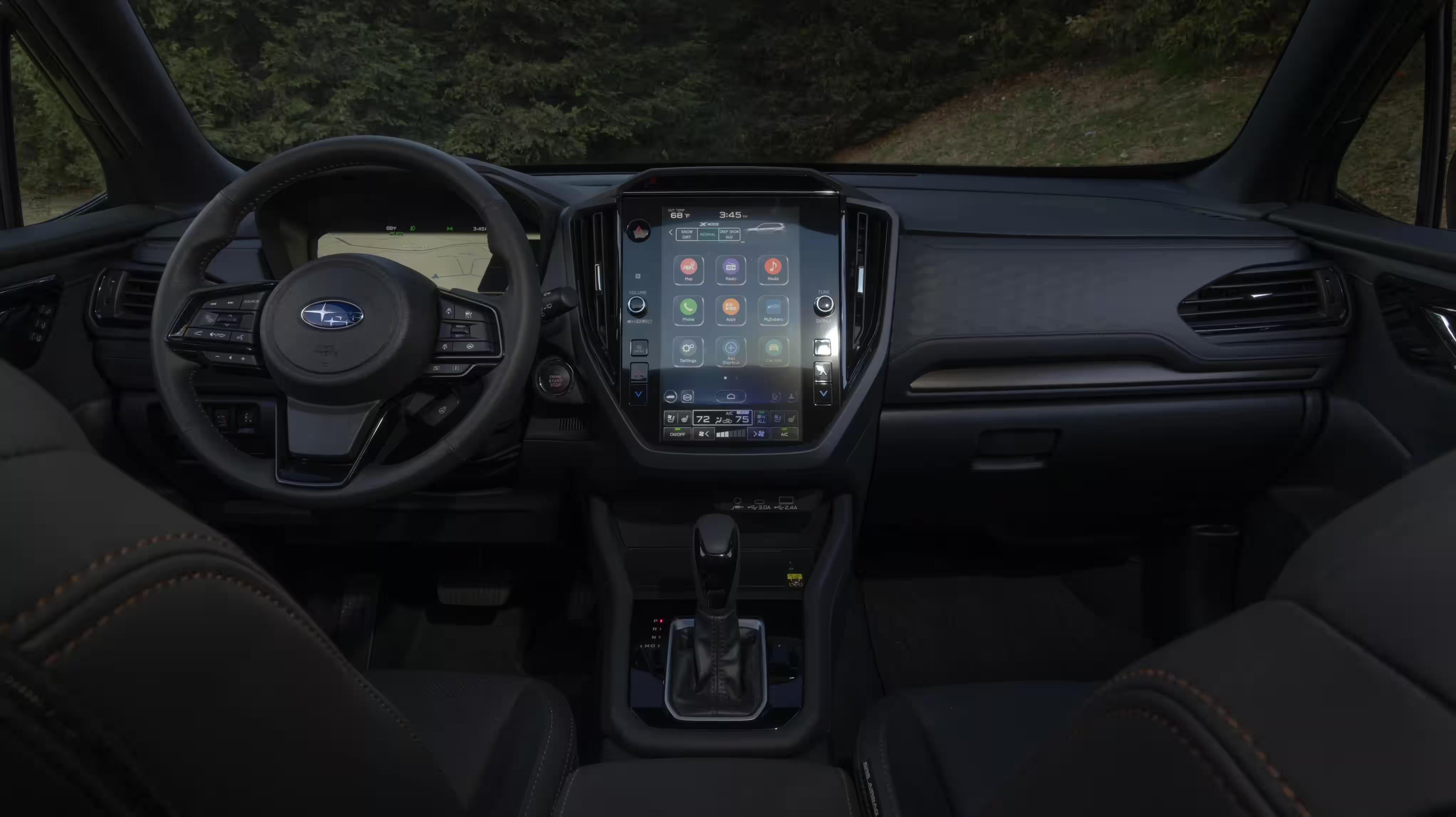
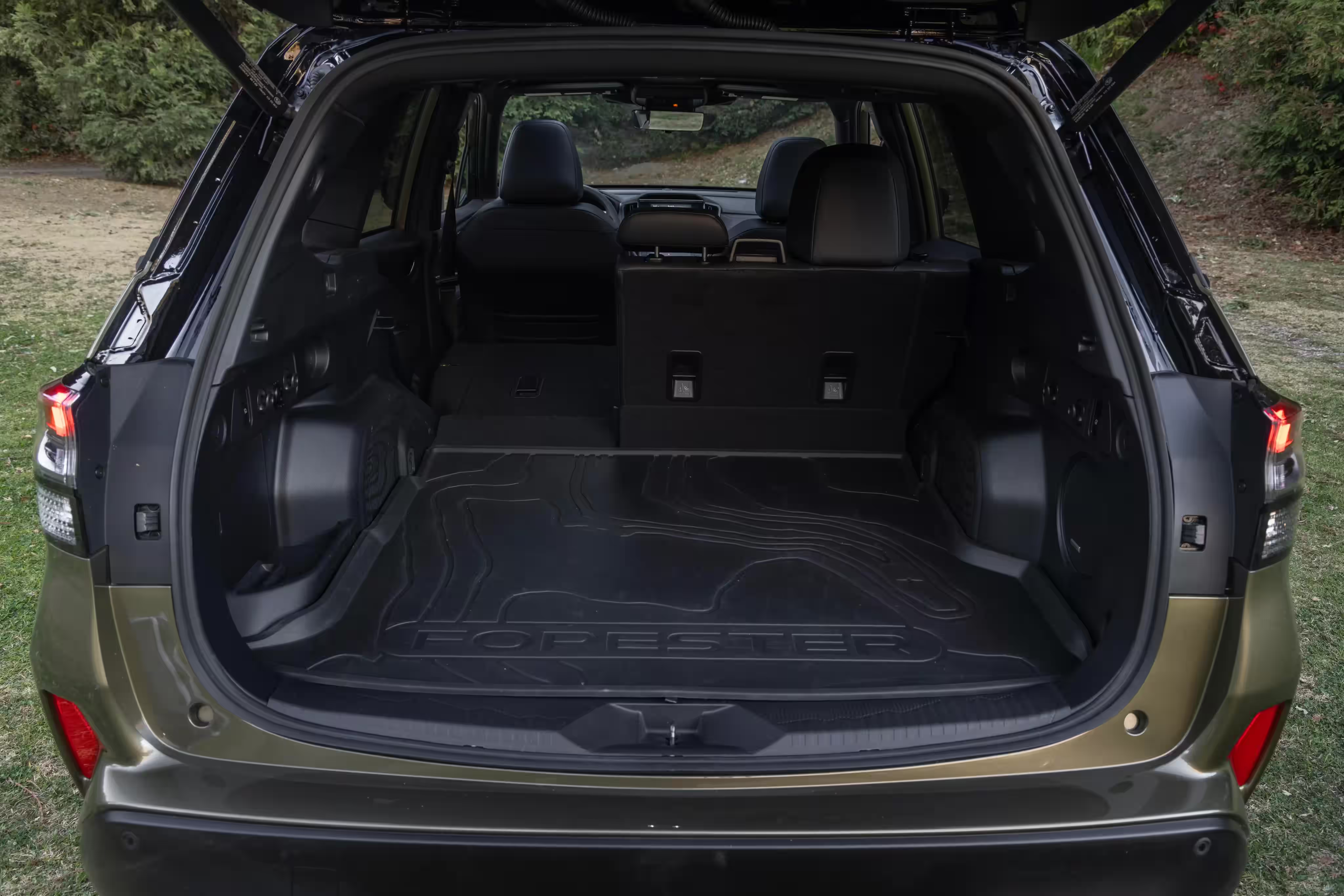
Author: Fabio Isidoro
Founder and editor-in-chief of Canal Carro, he dedicates himself to exploring the automotive universe with depth and passion. A car and technology enthusiast, he produces technical content and in-depth analyses of national and international vehicles, combining quality information with a critical eye for the public.

